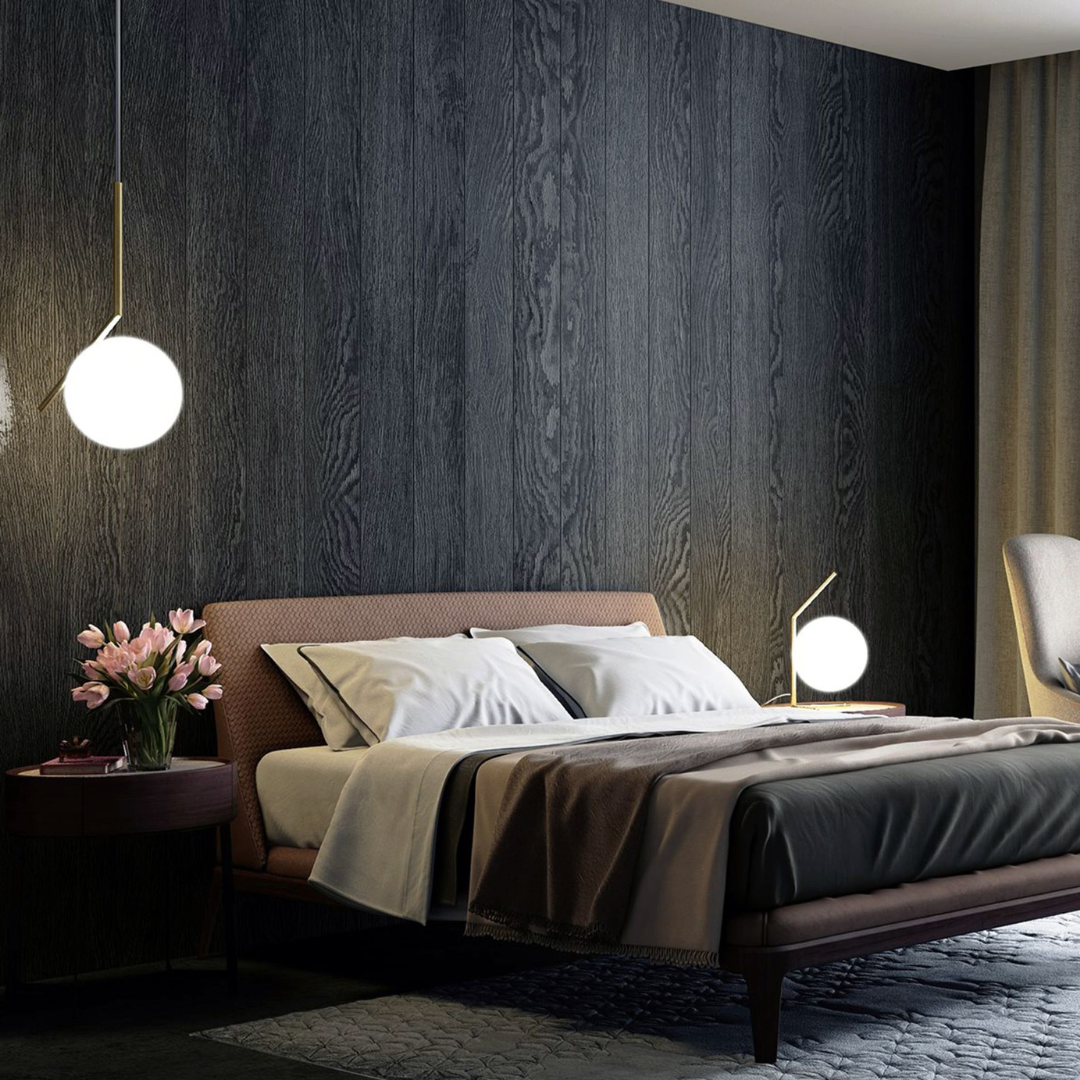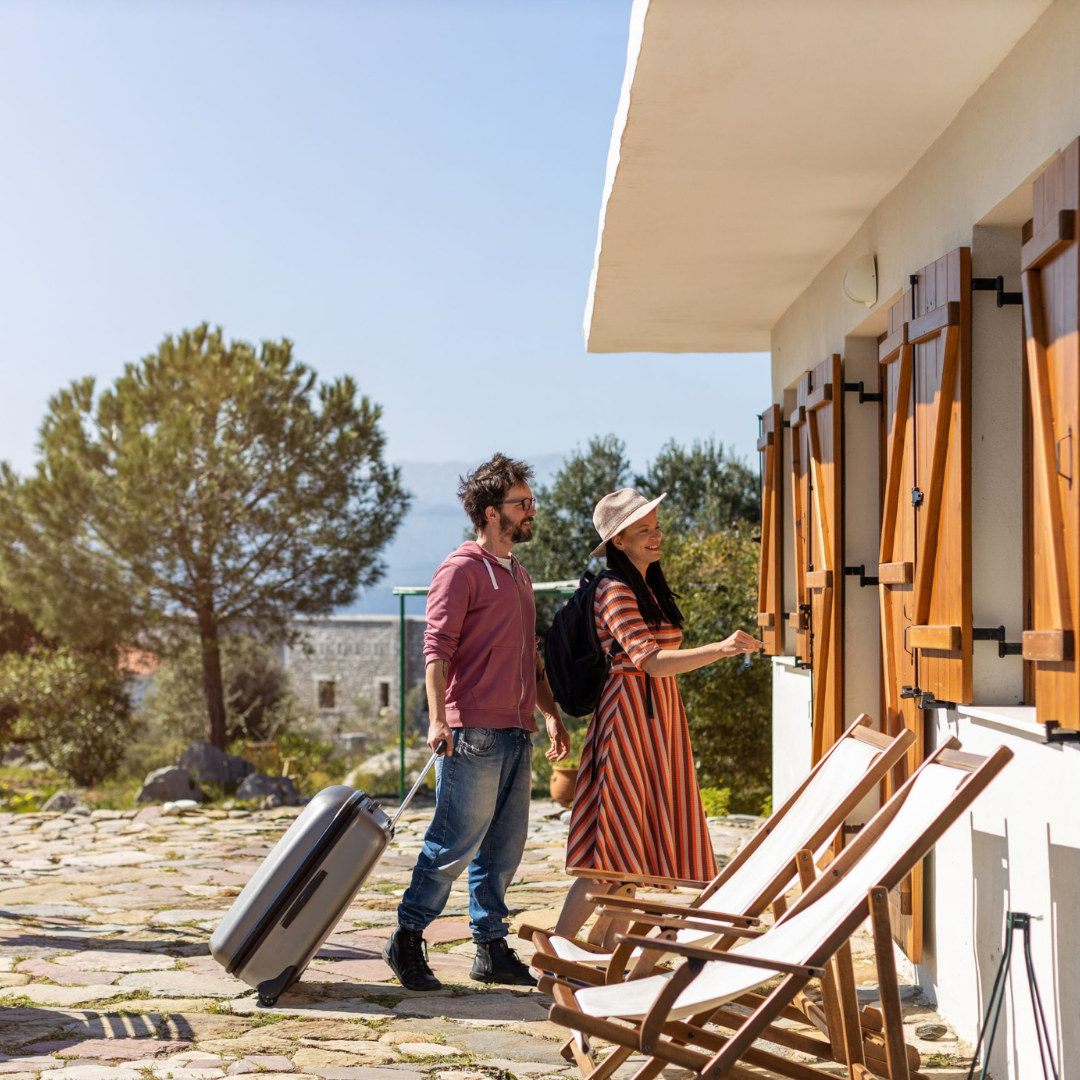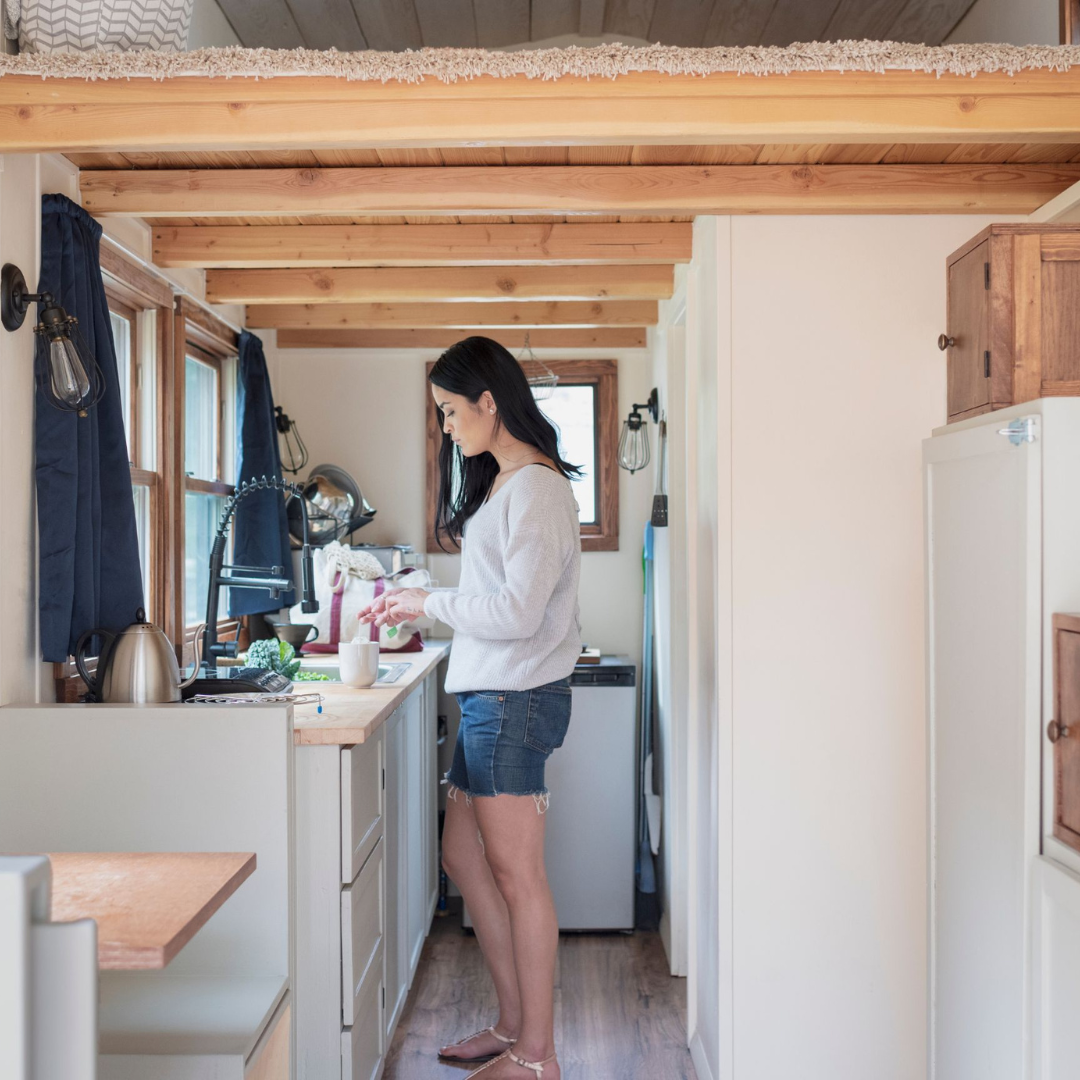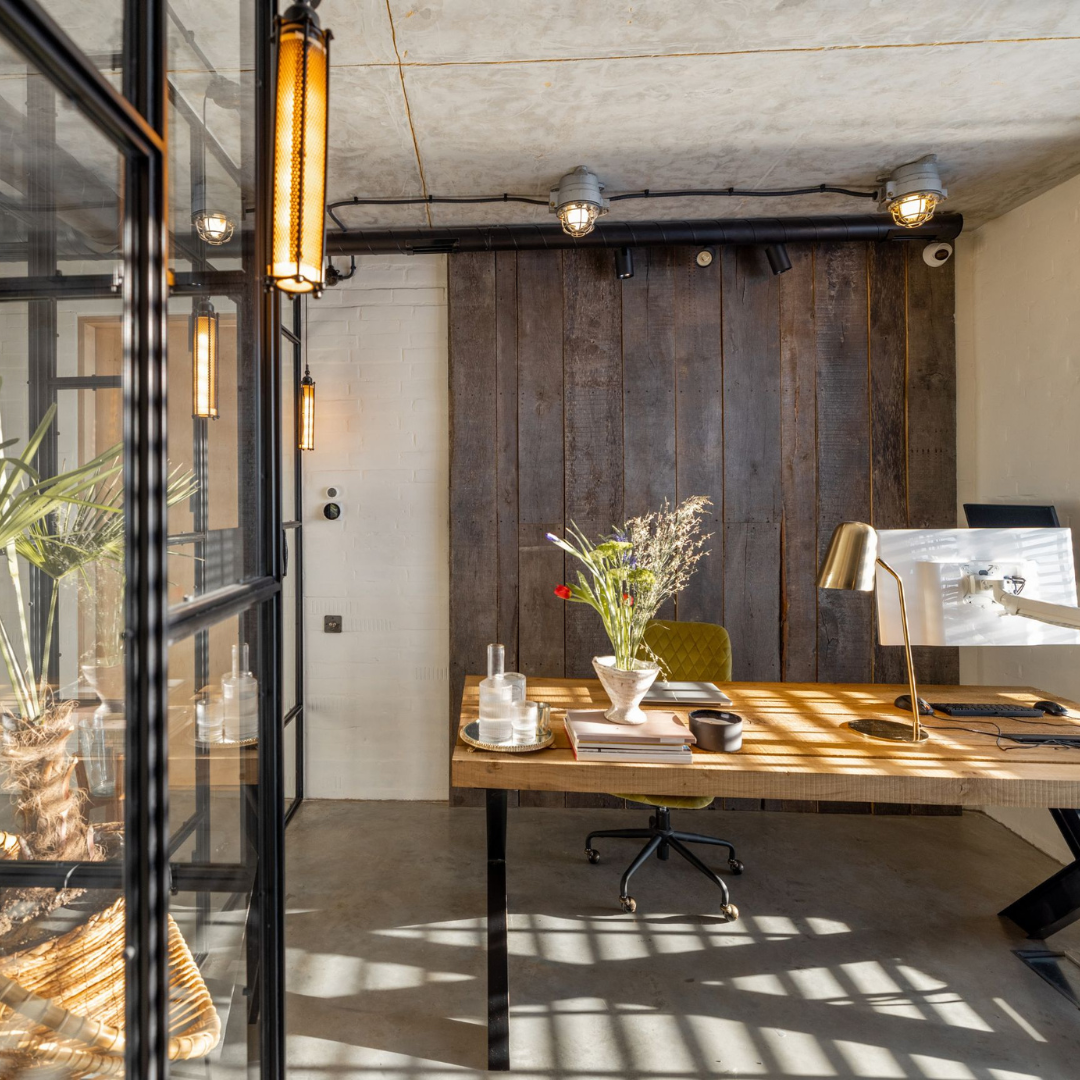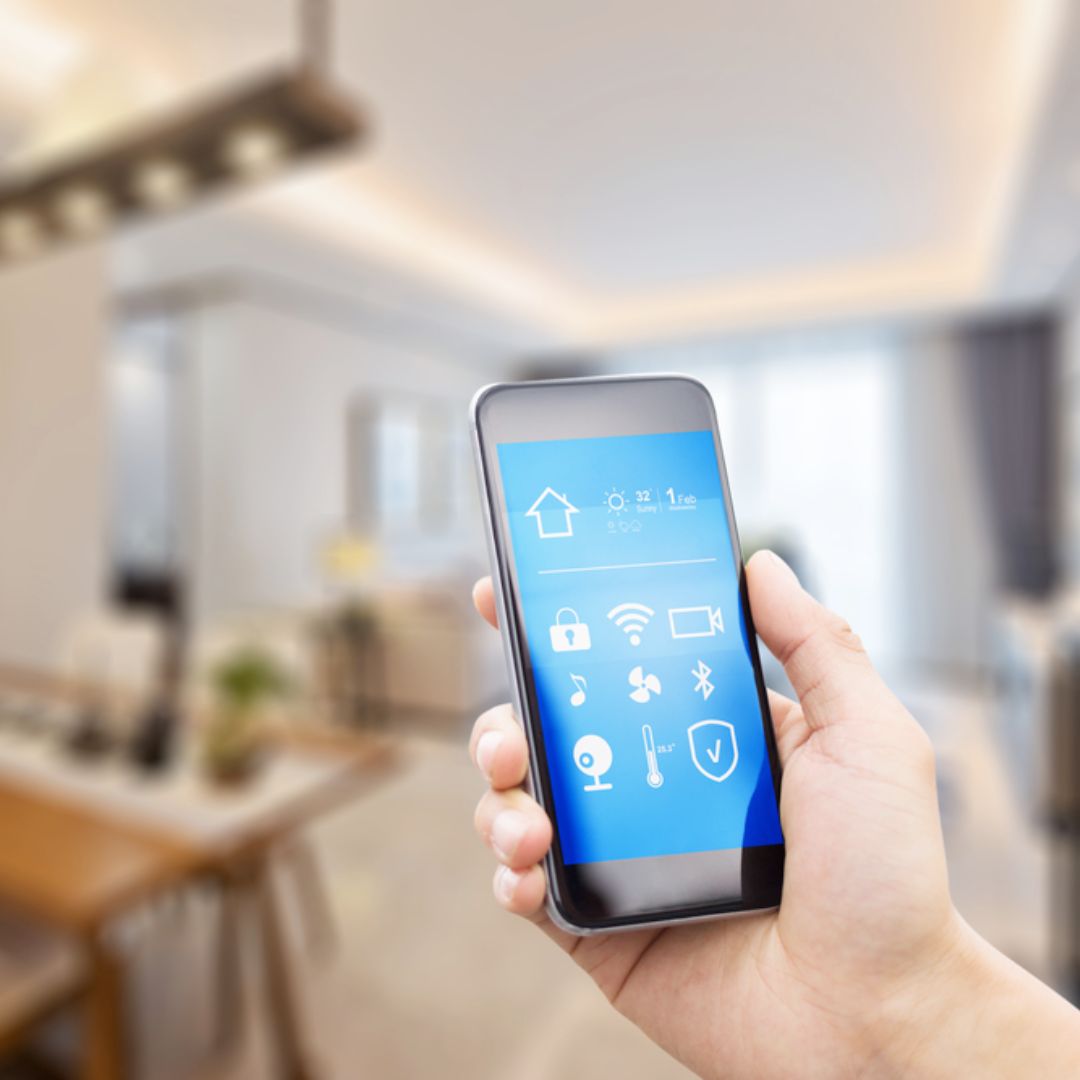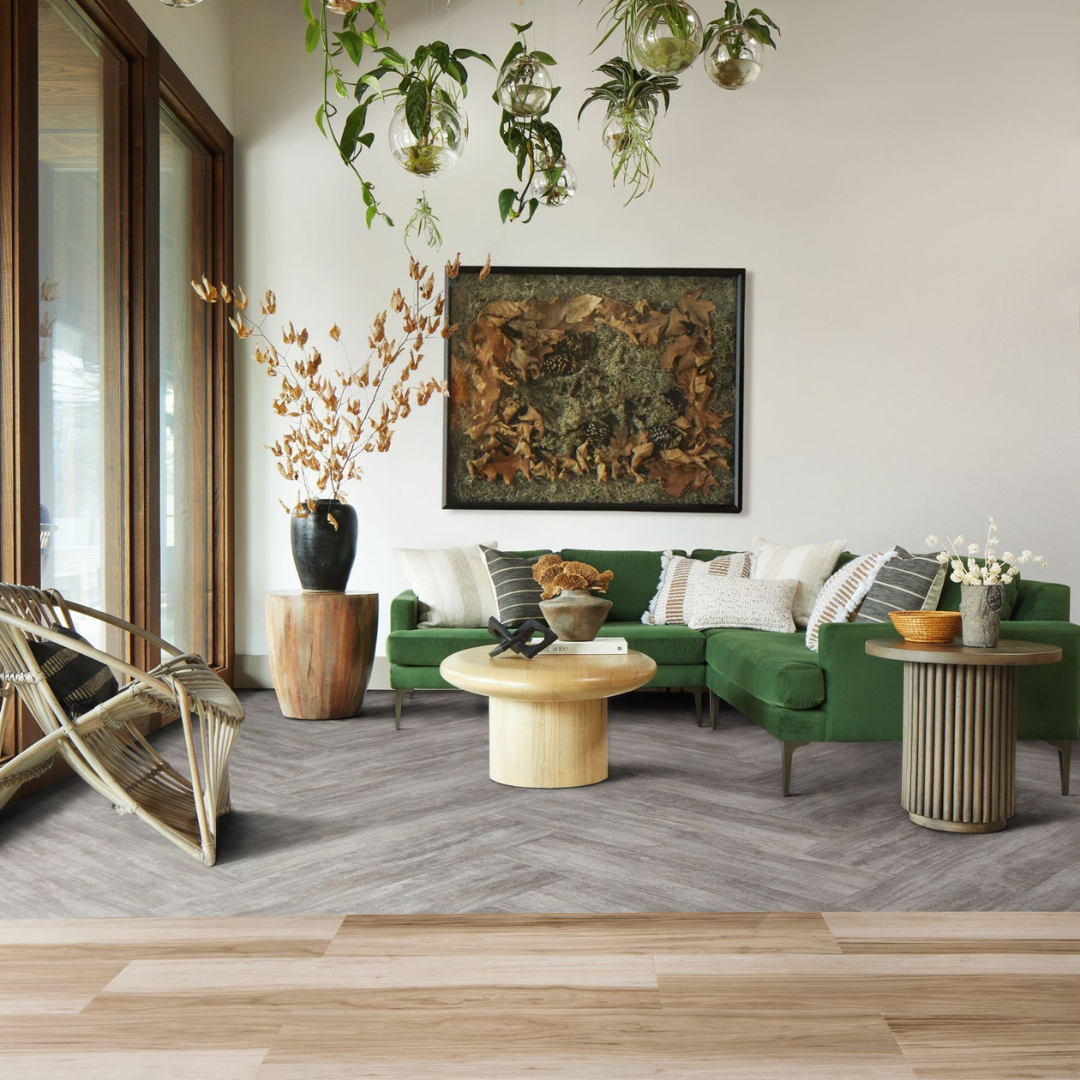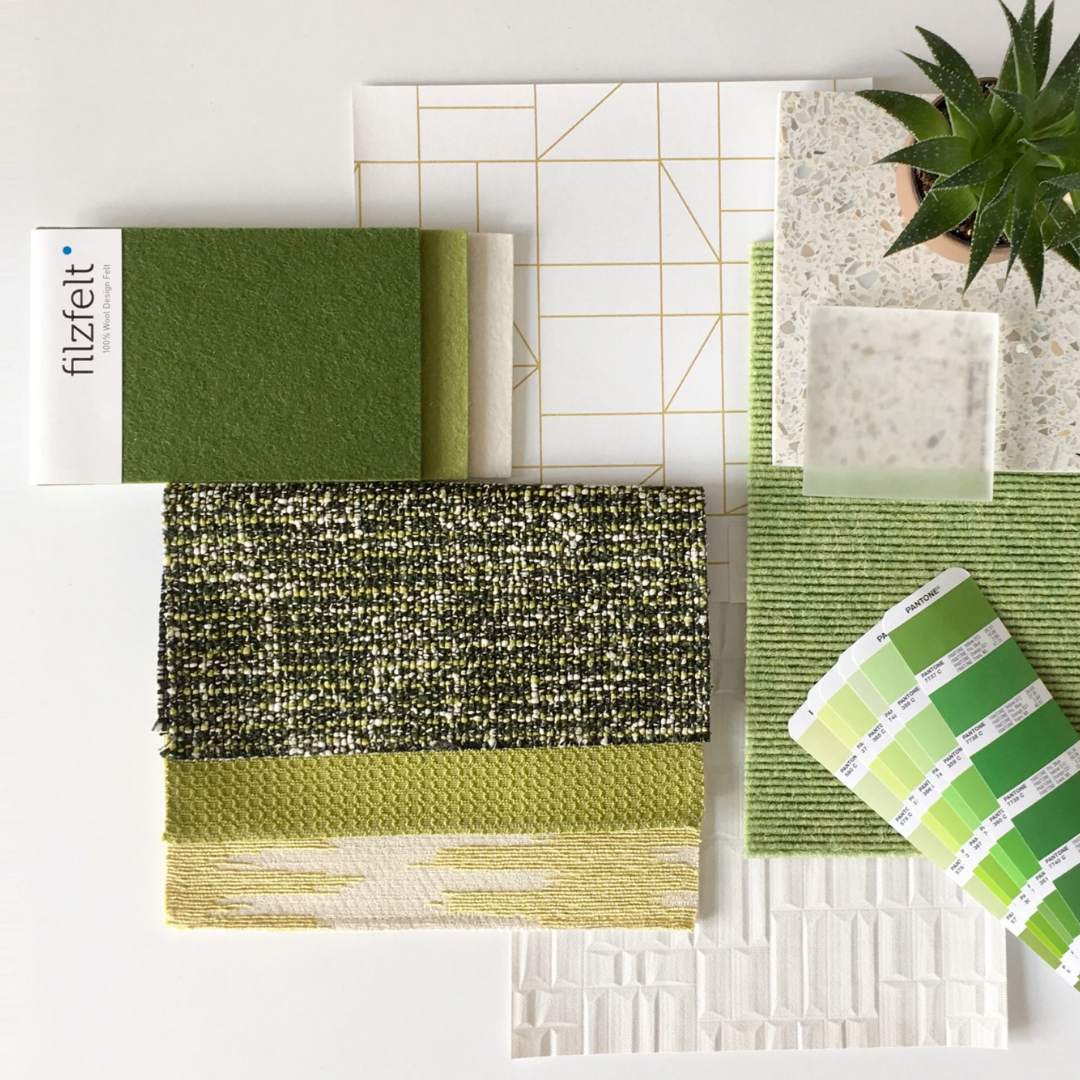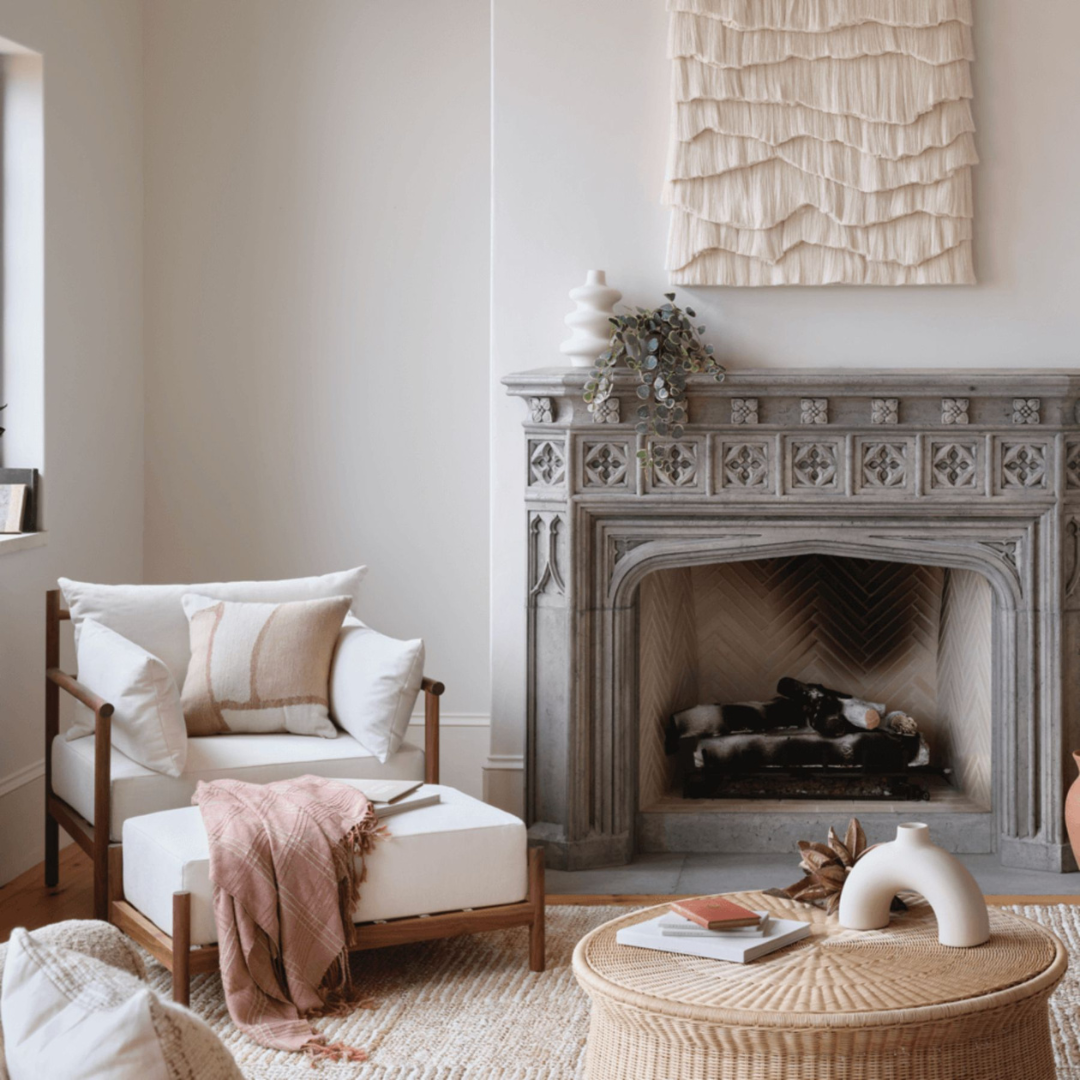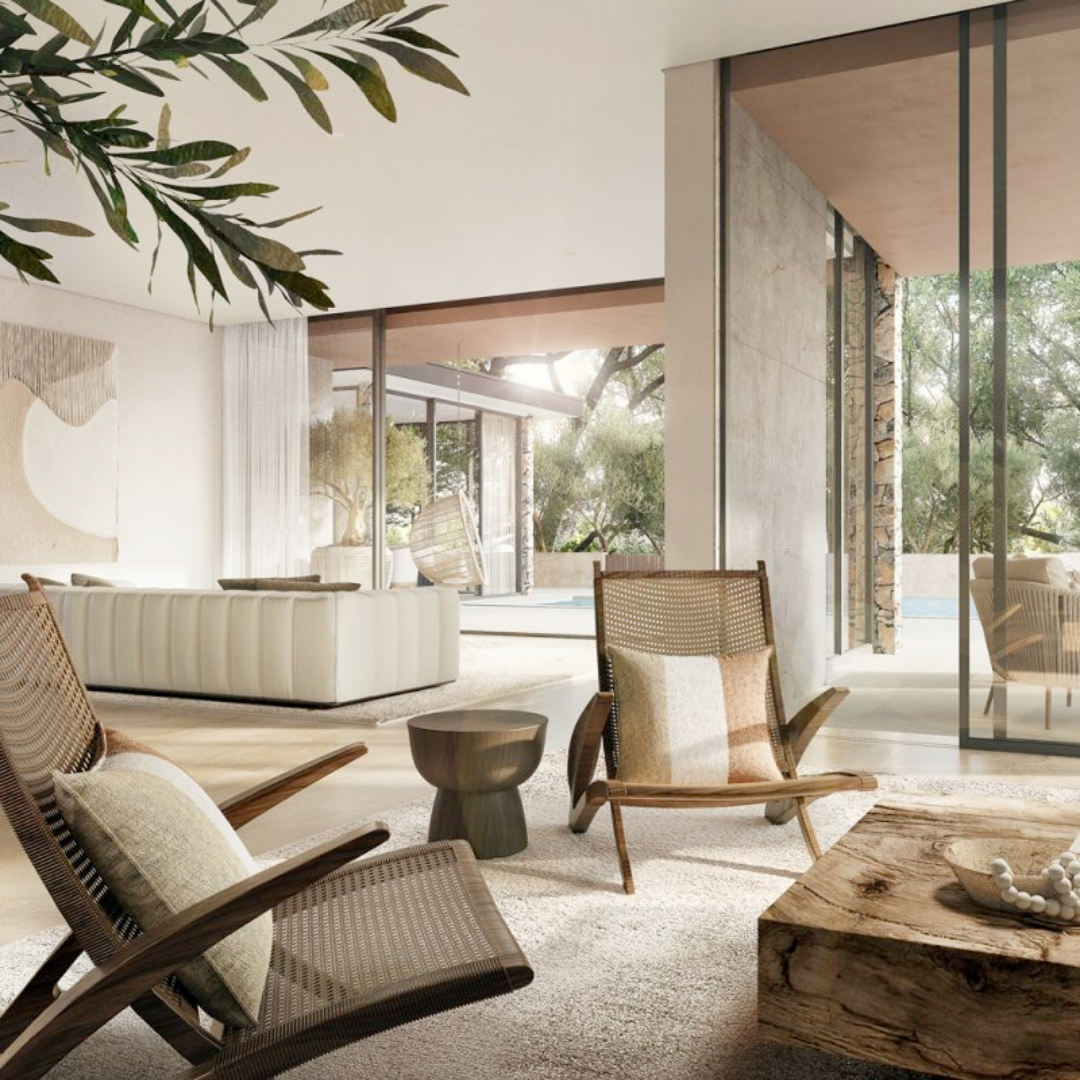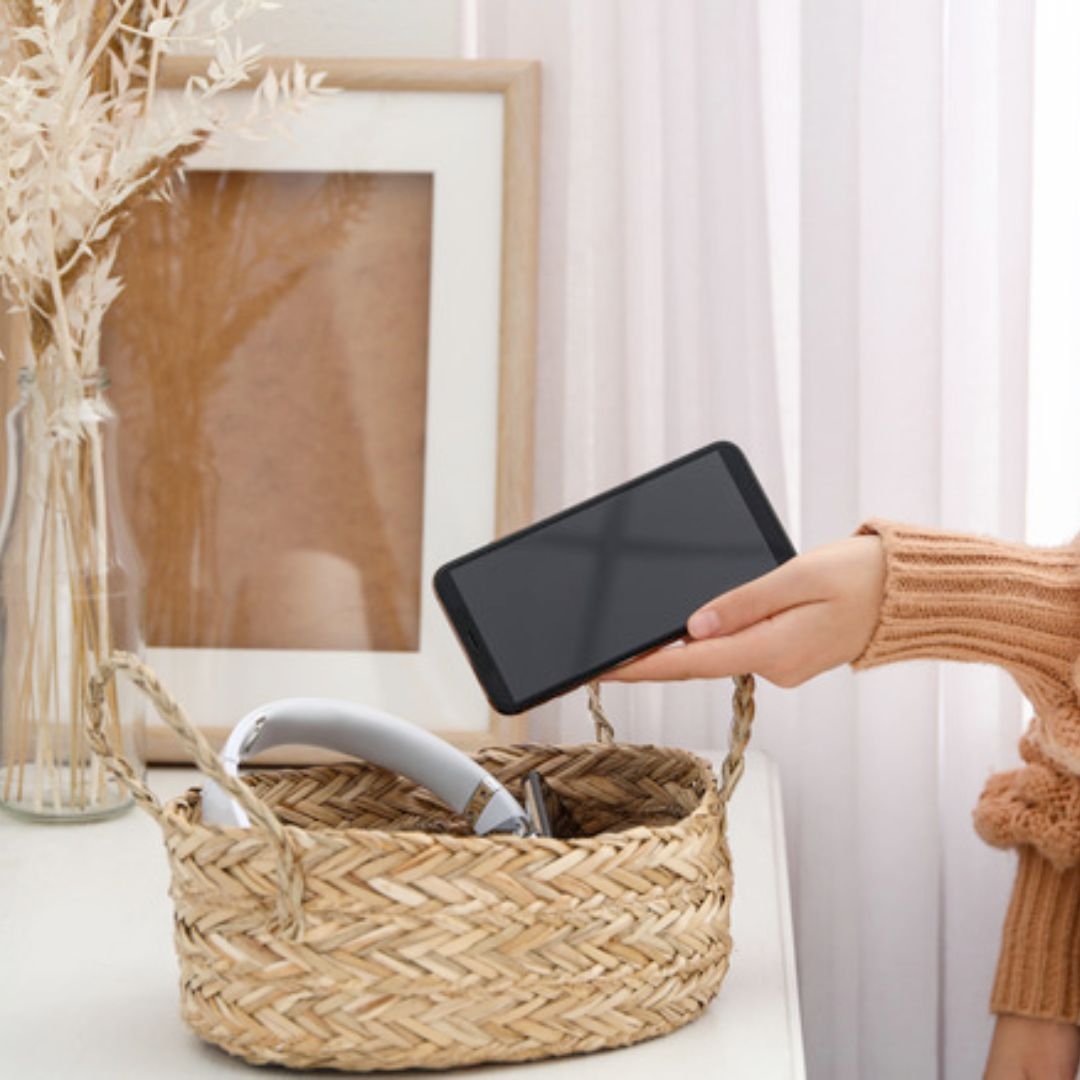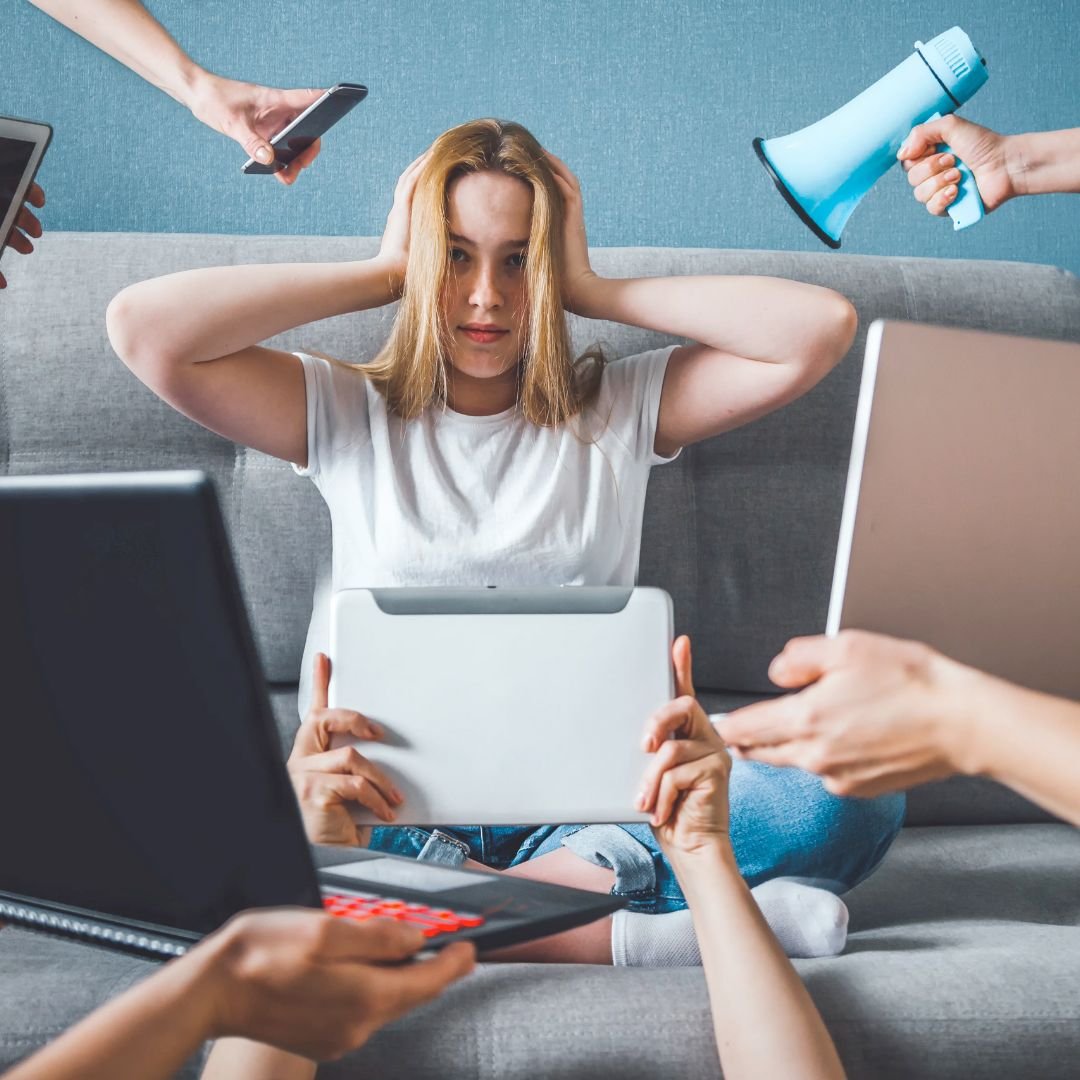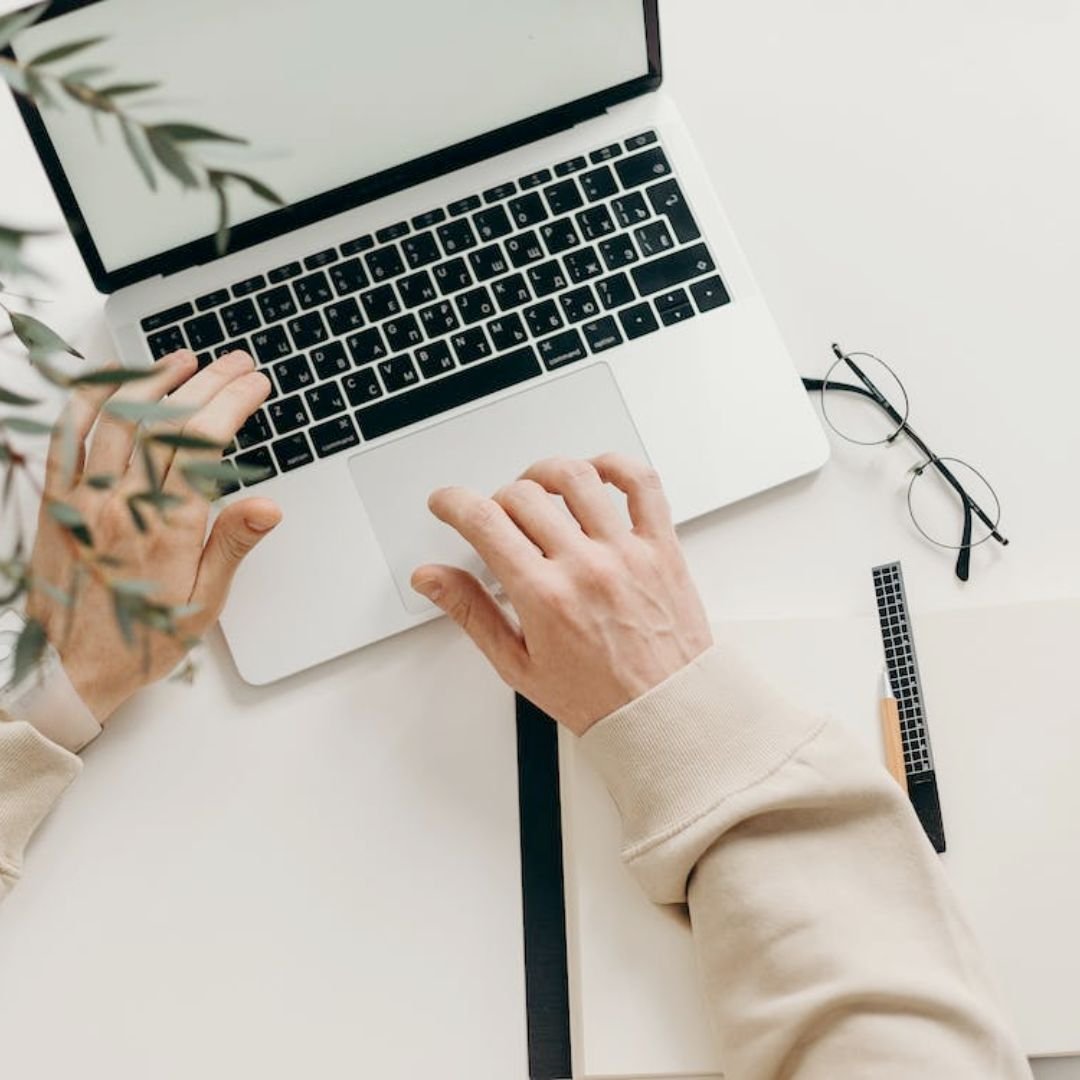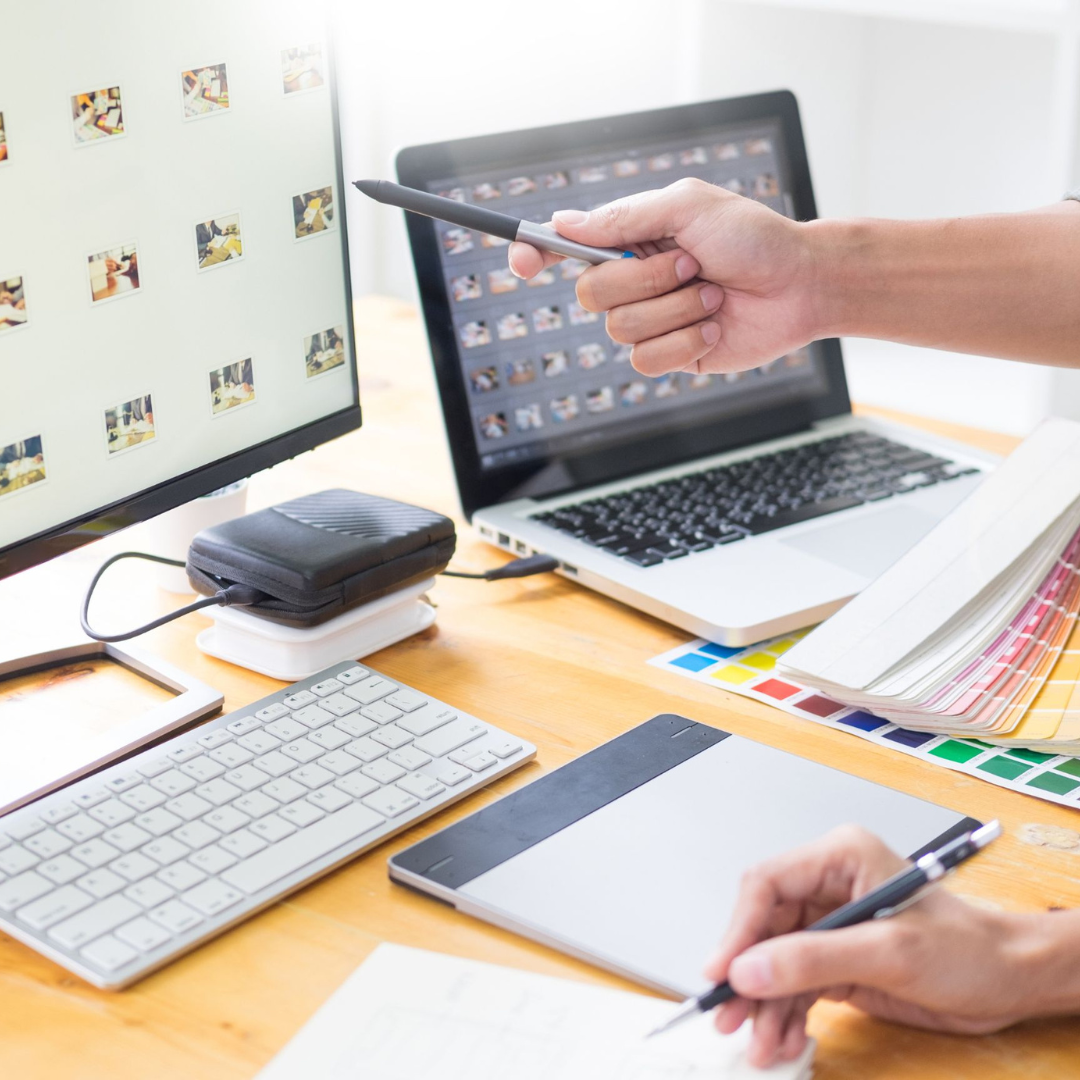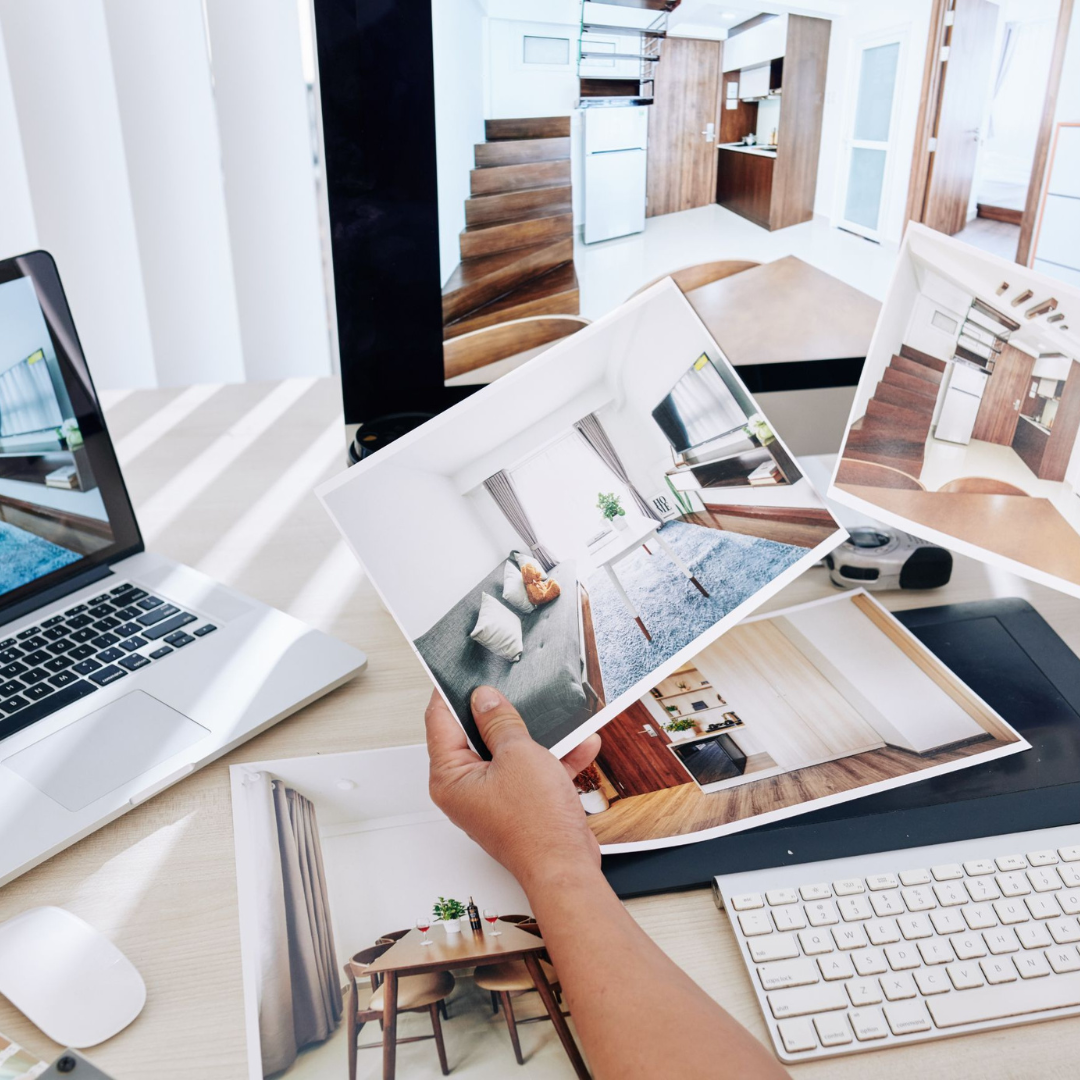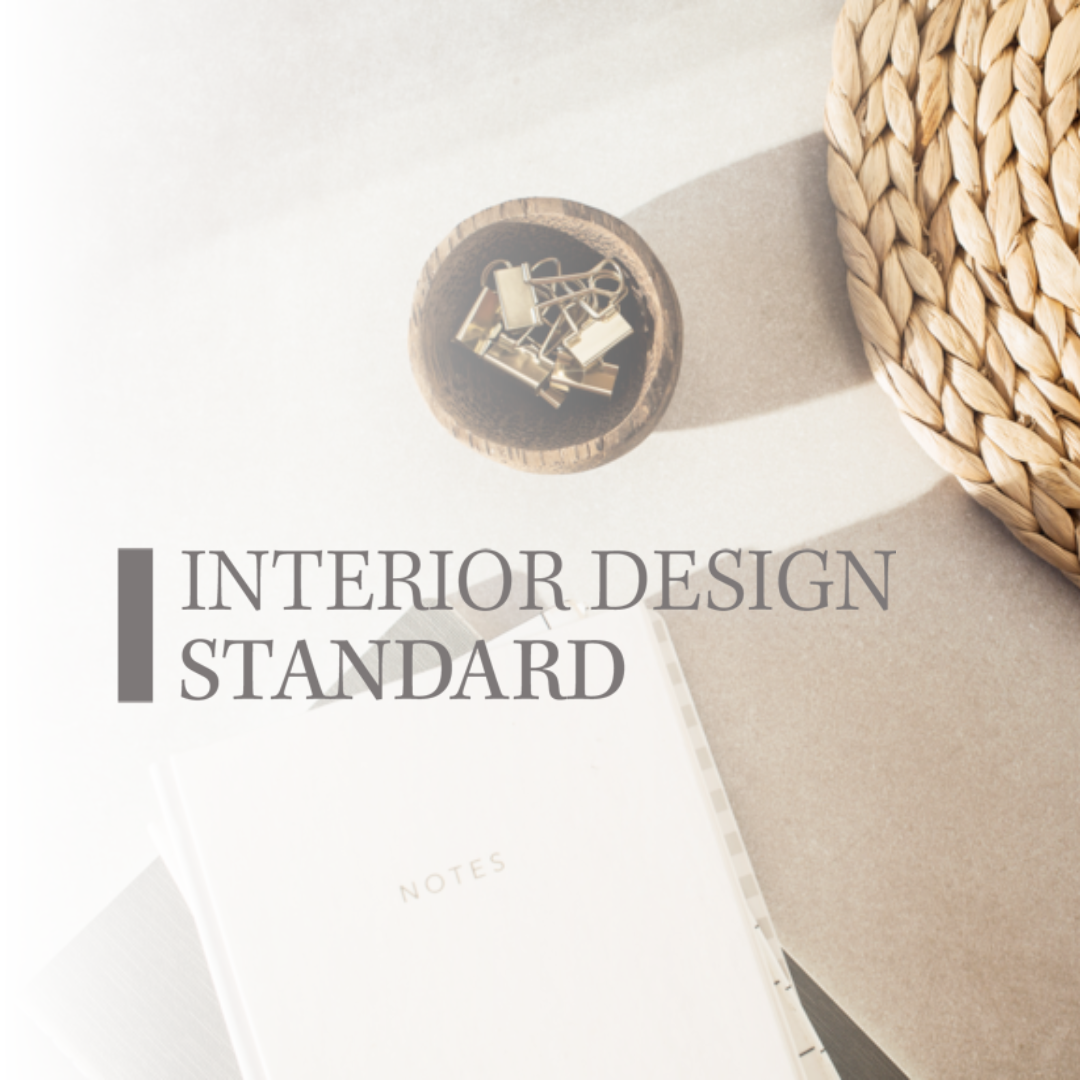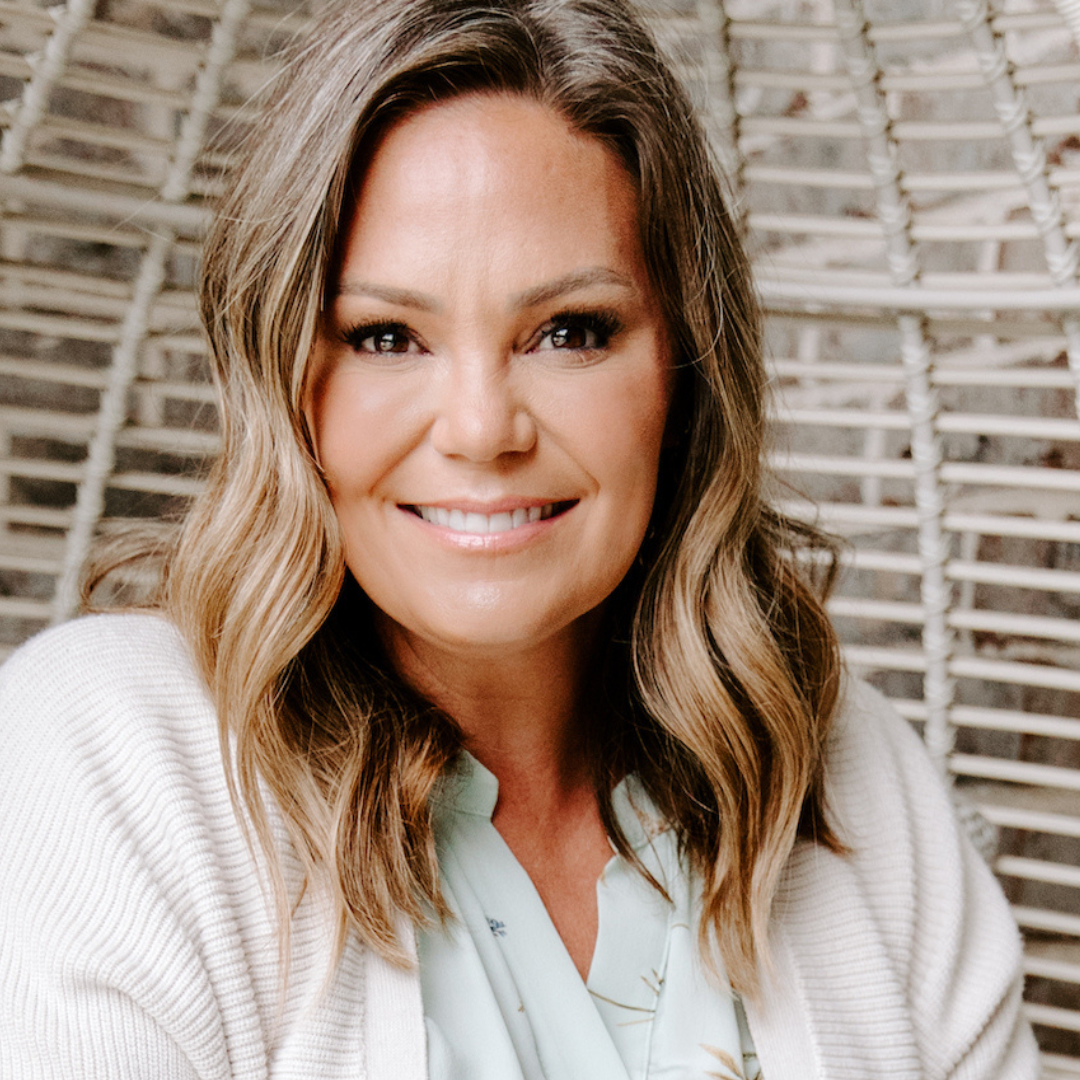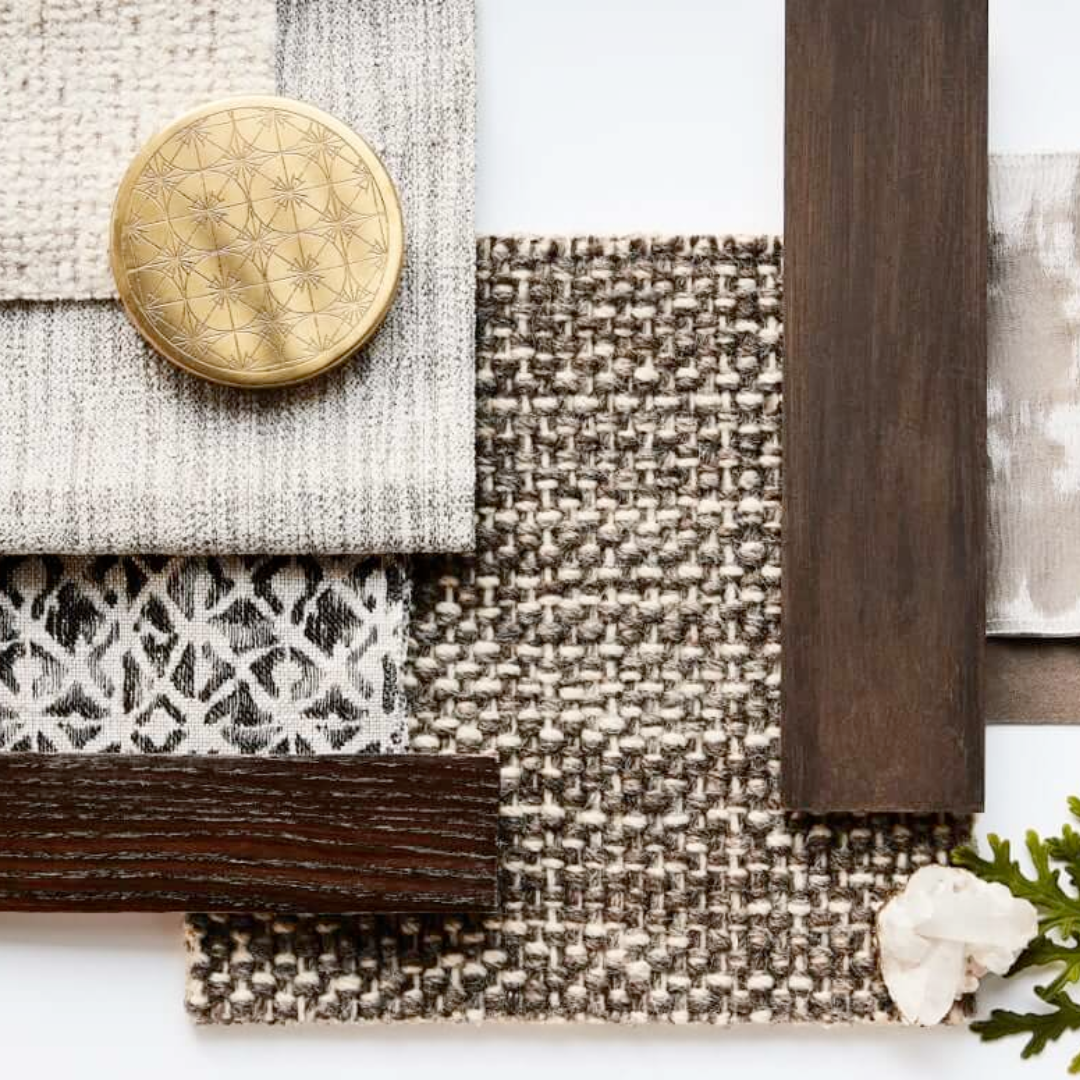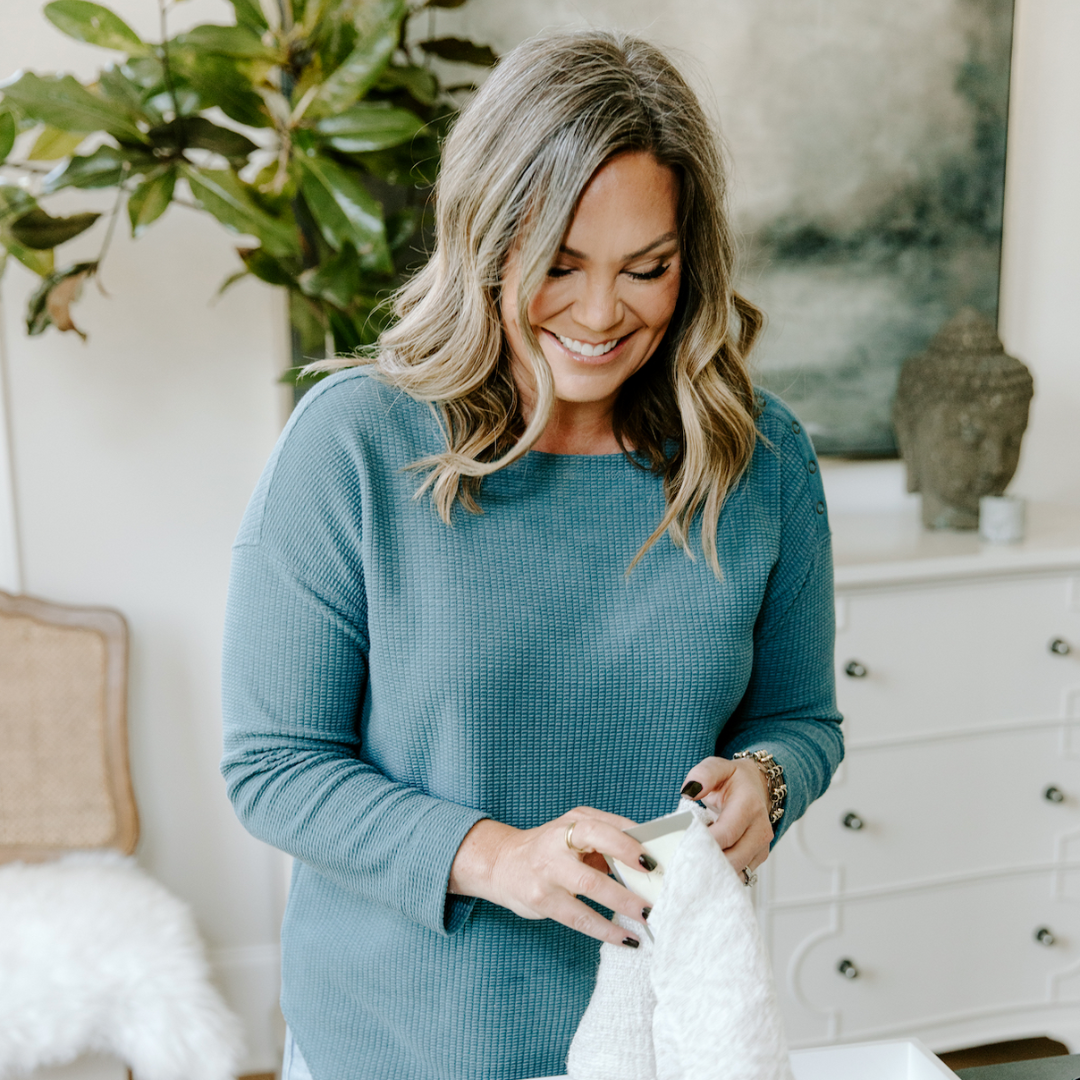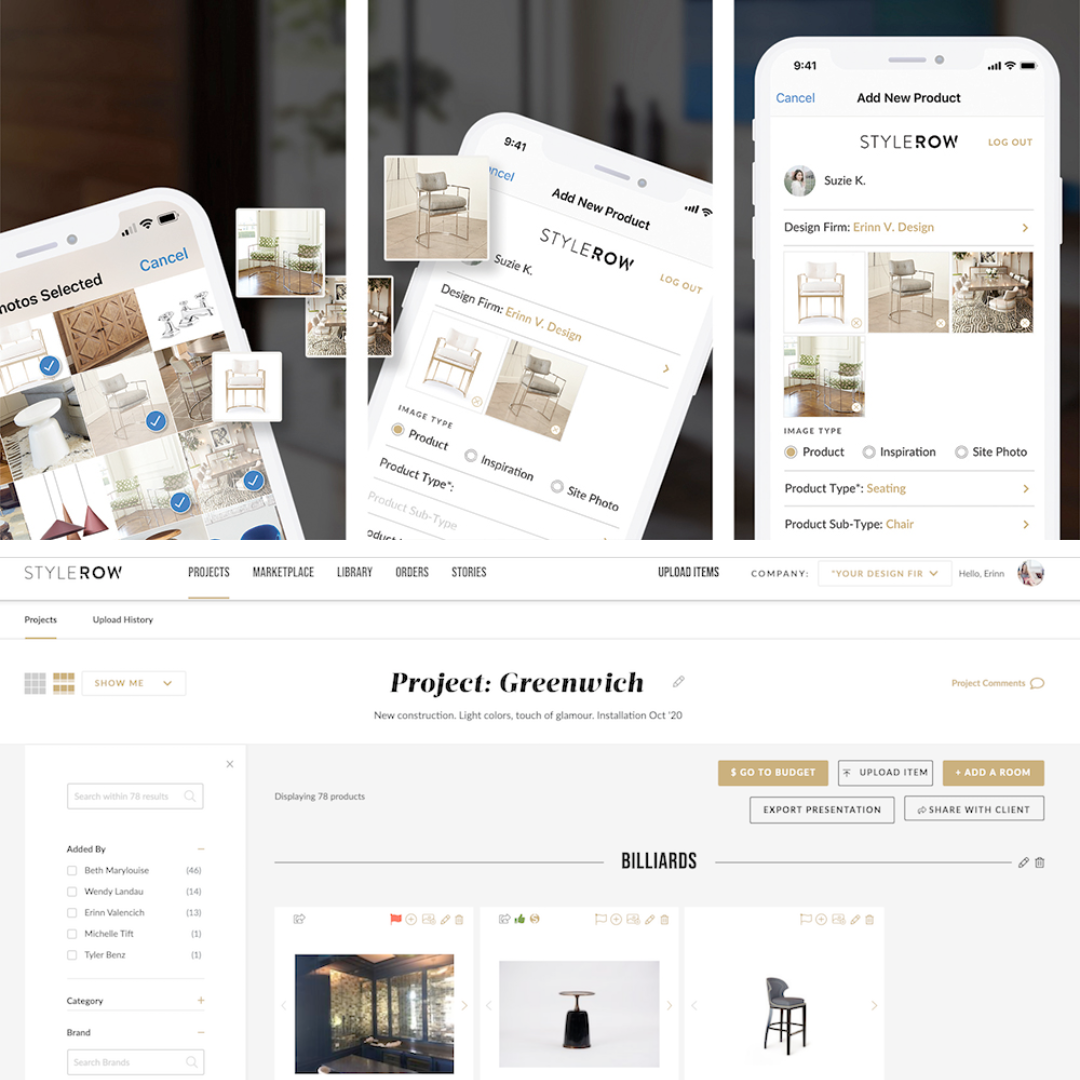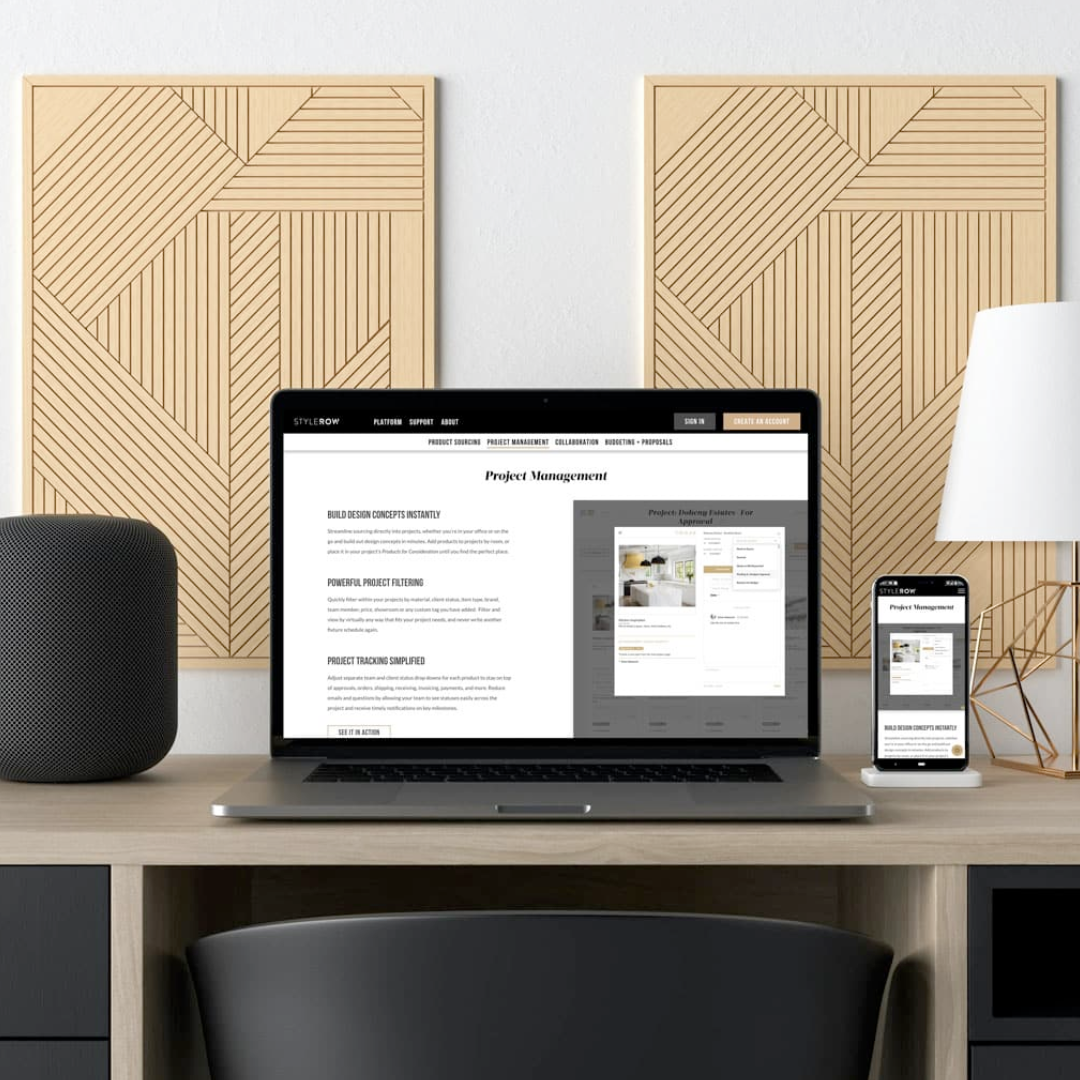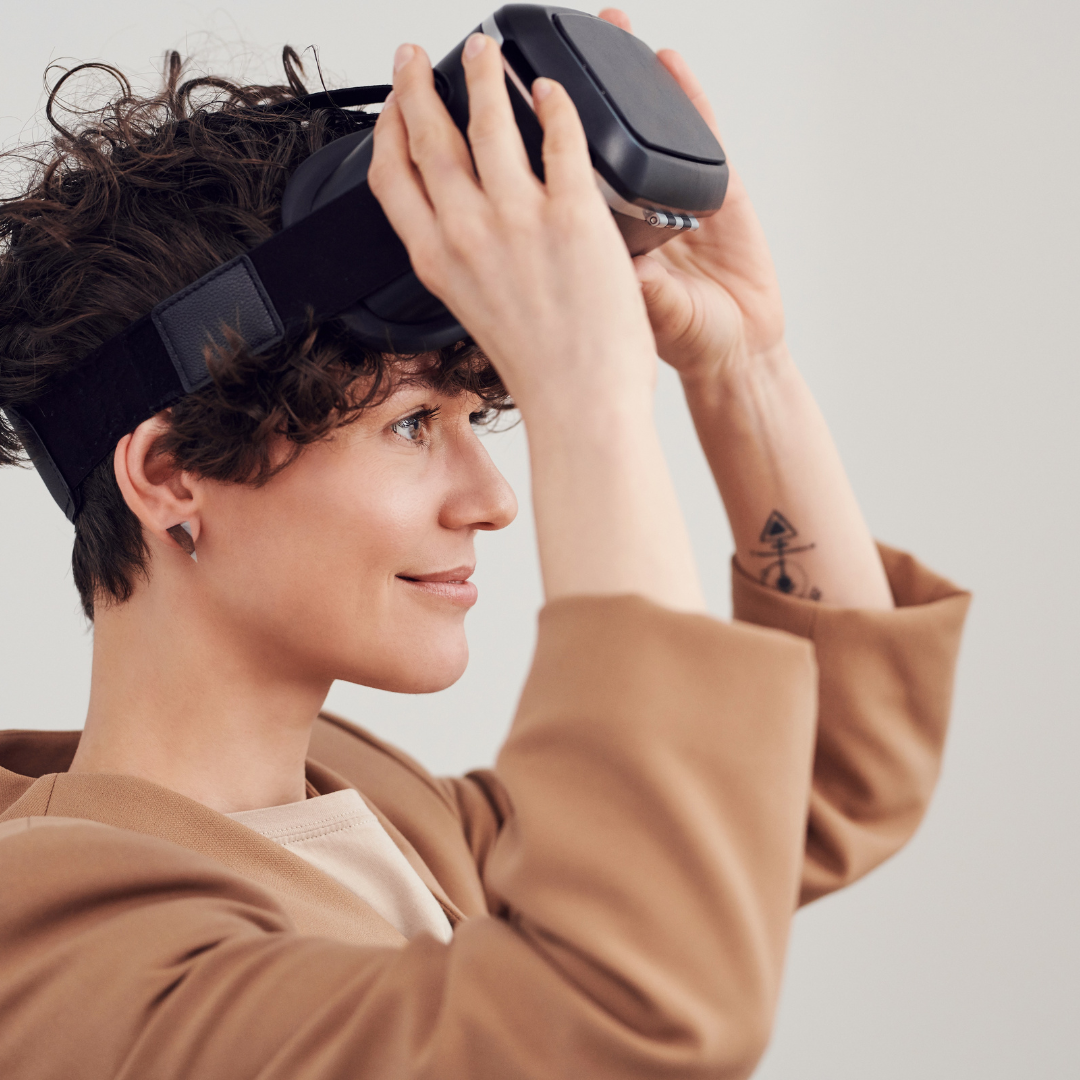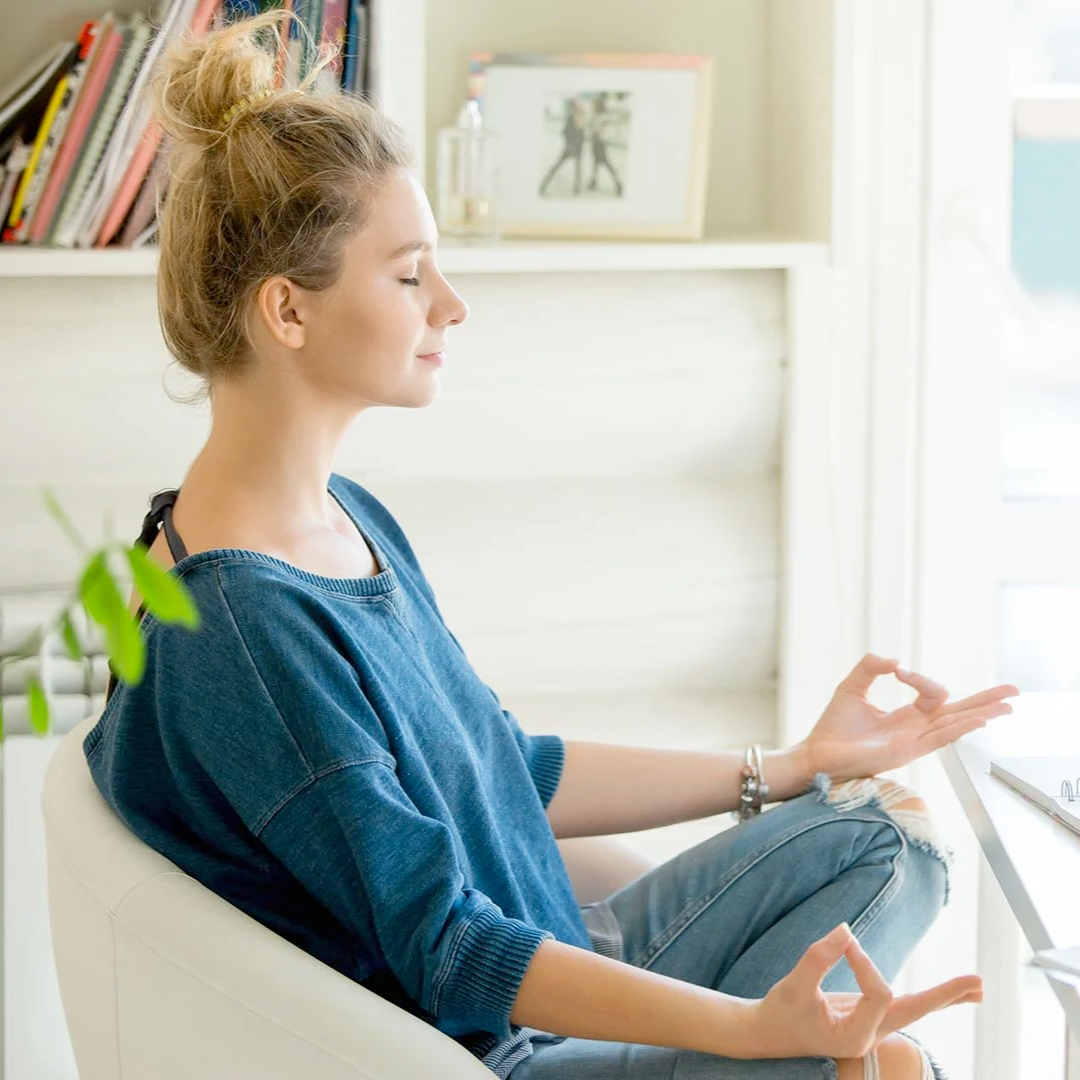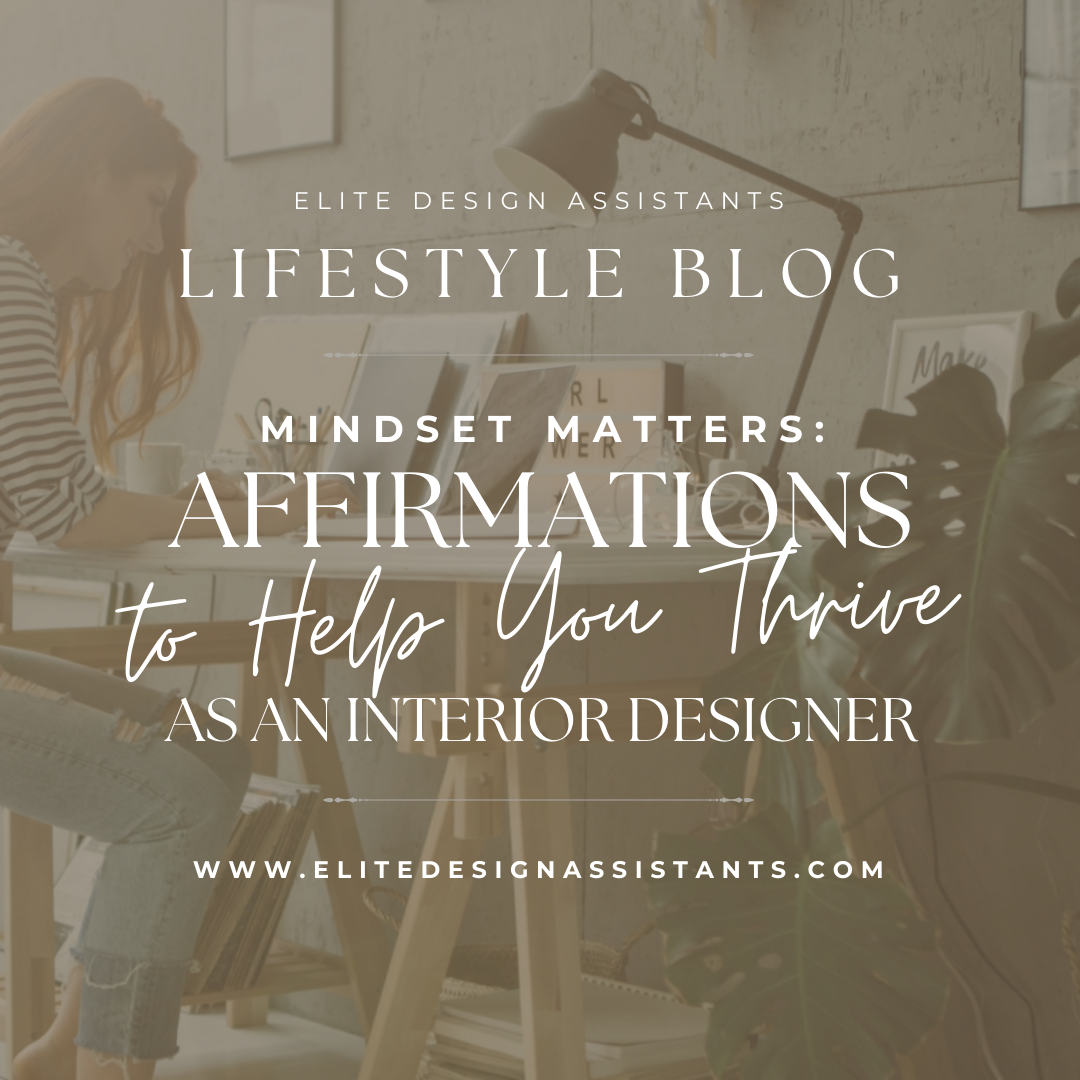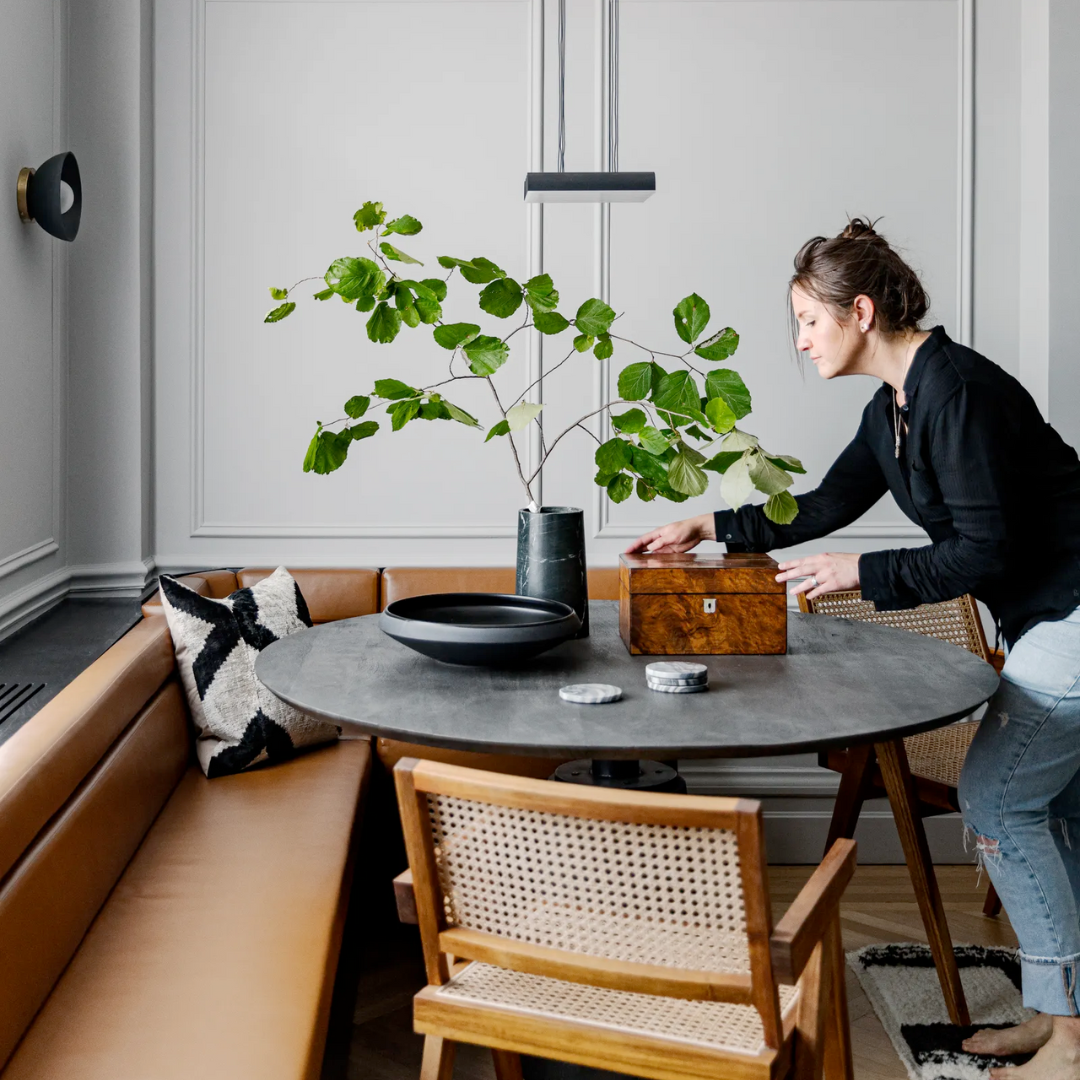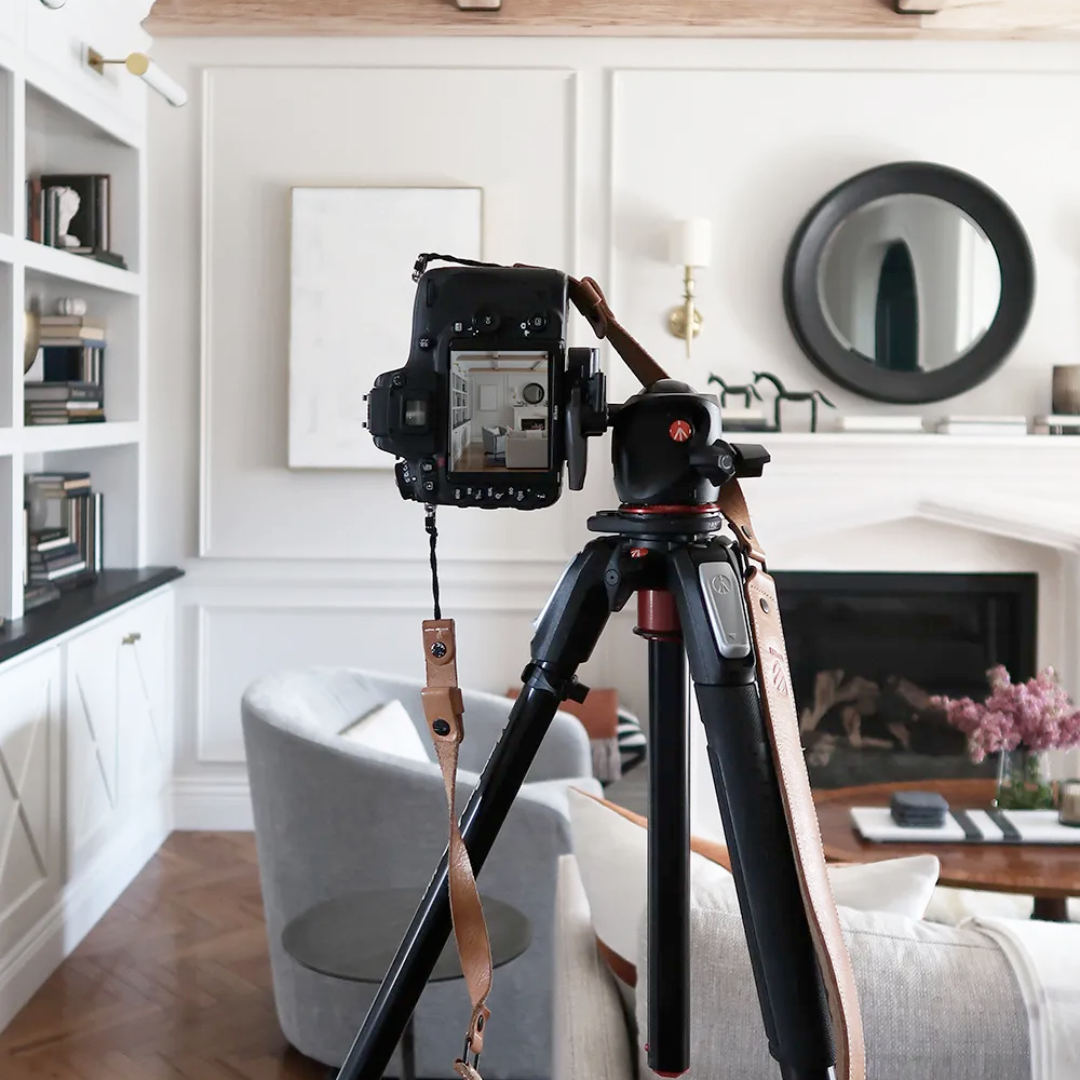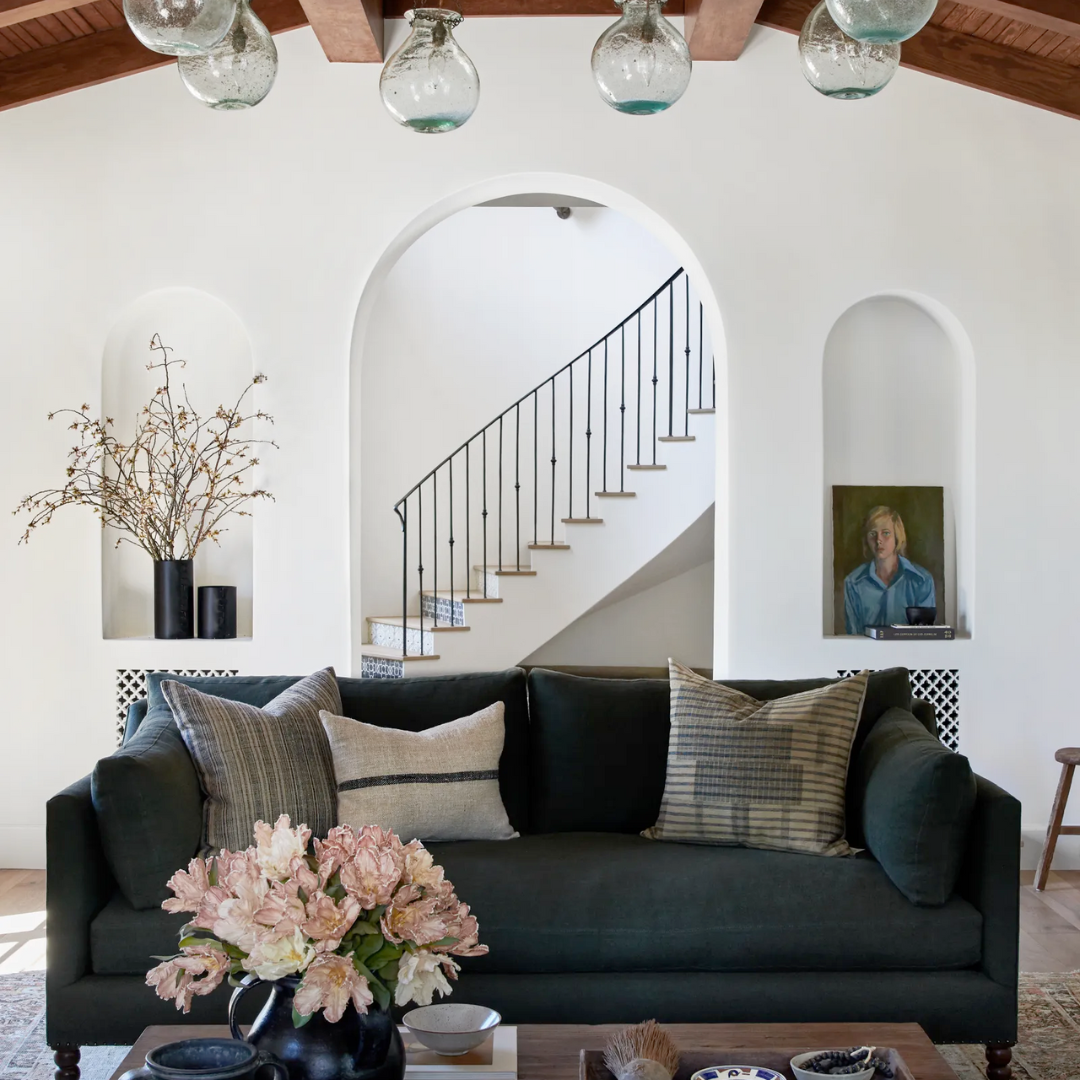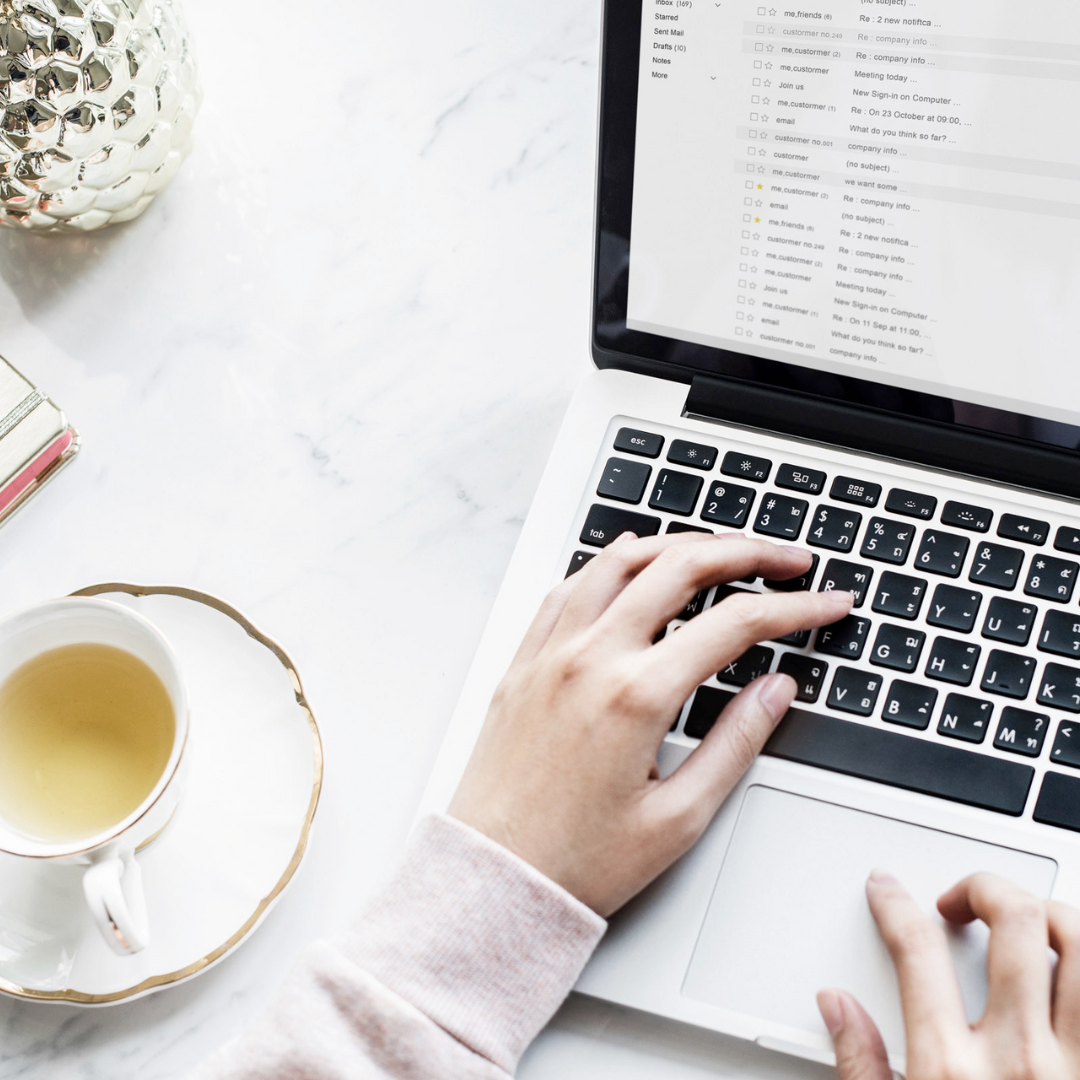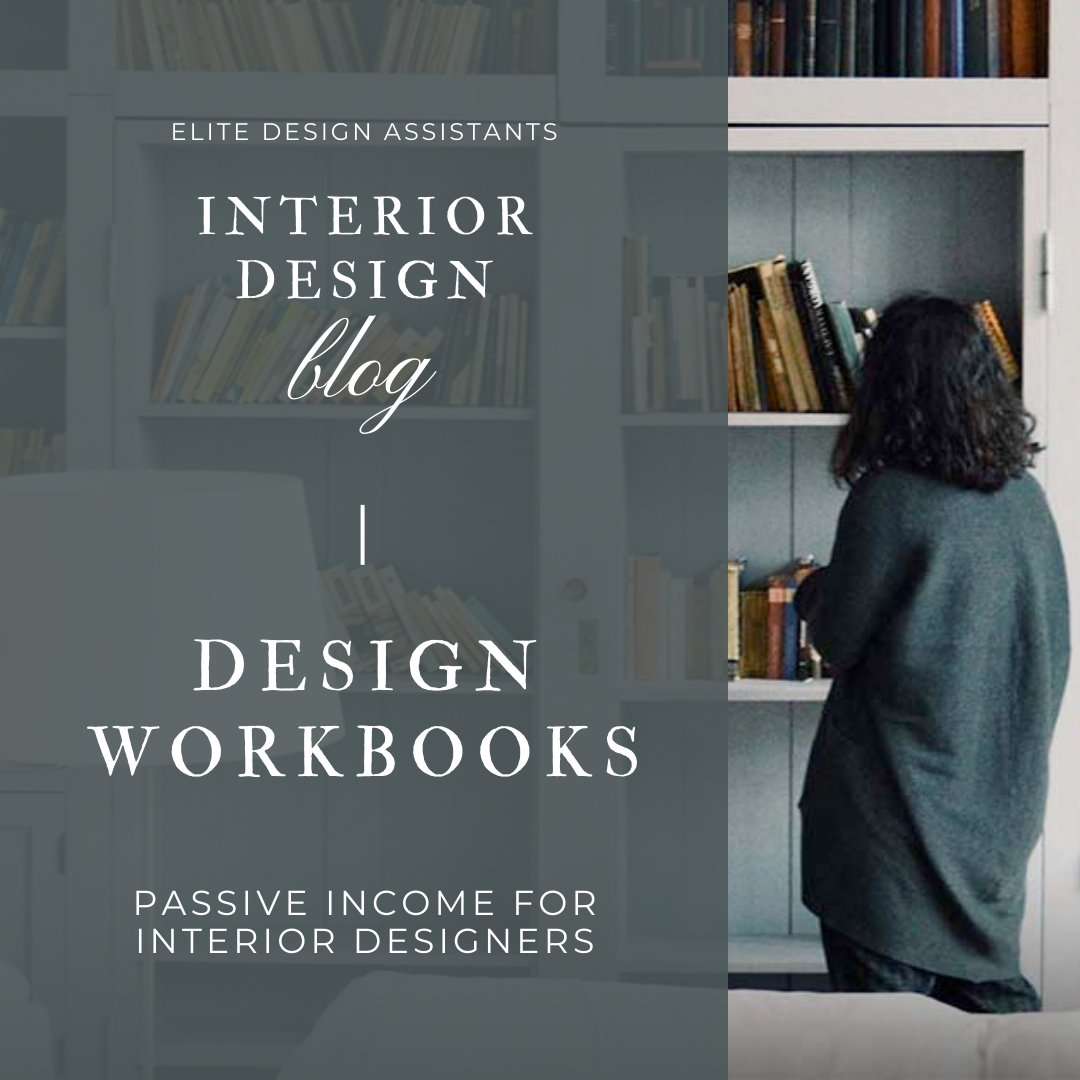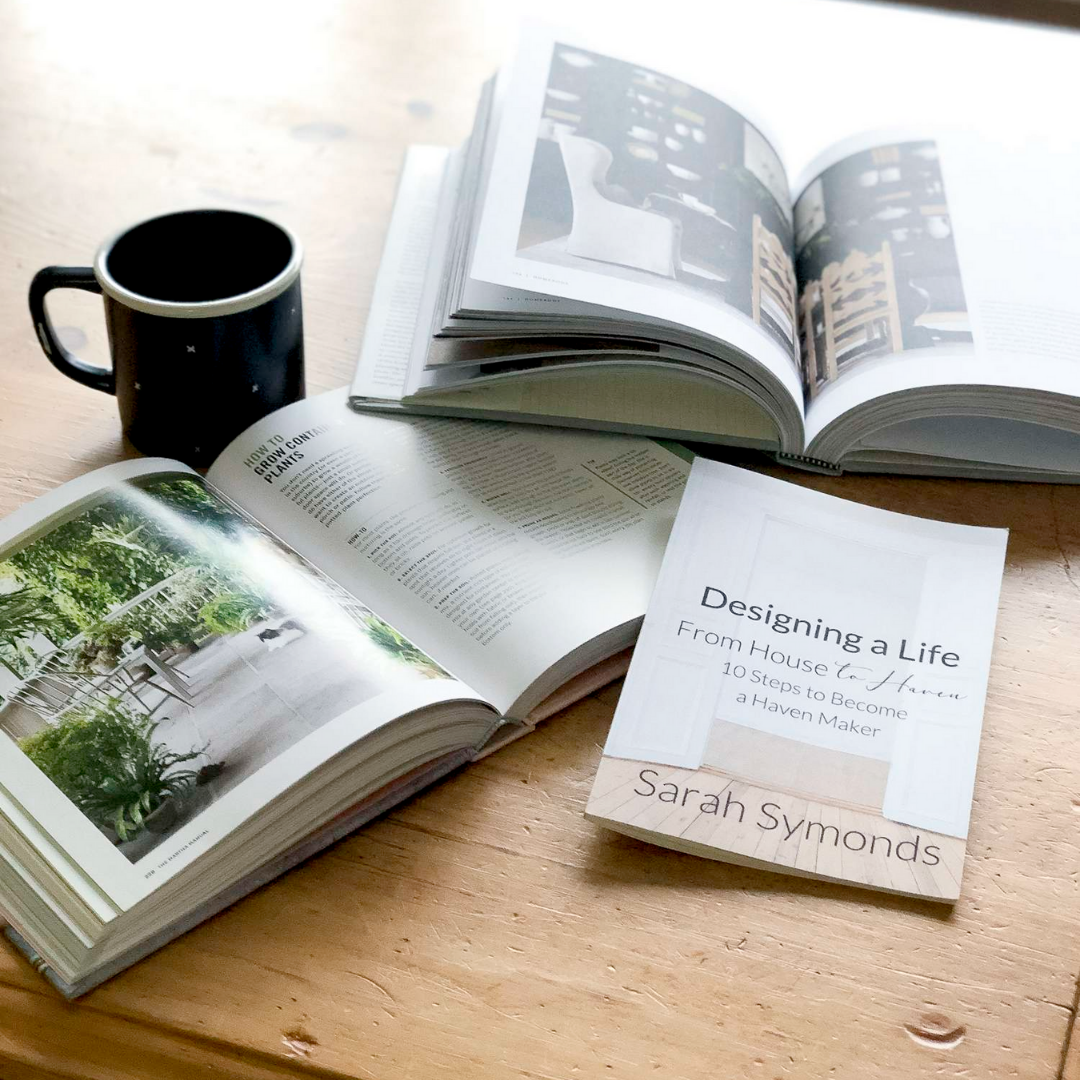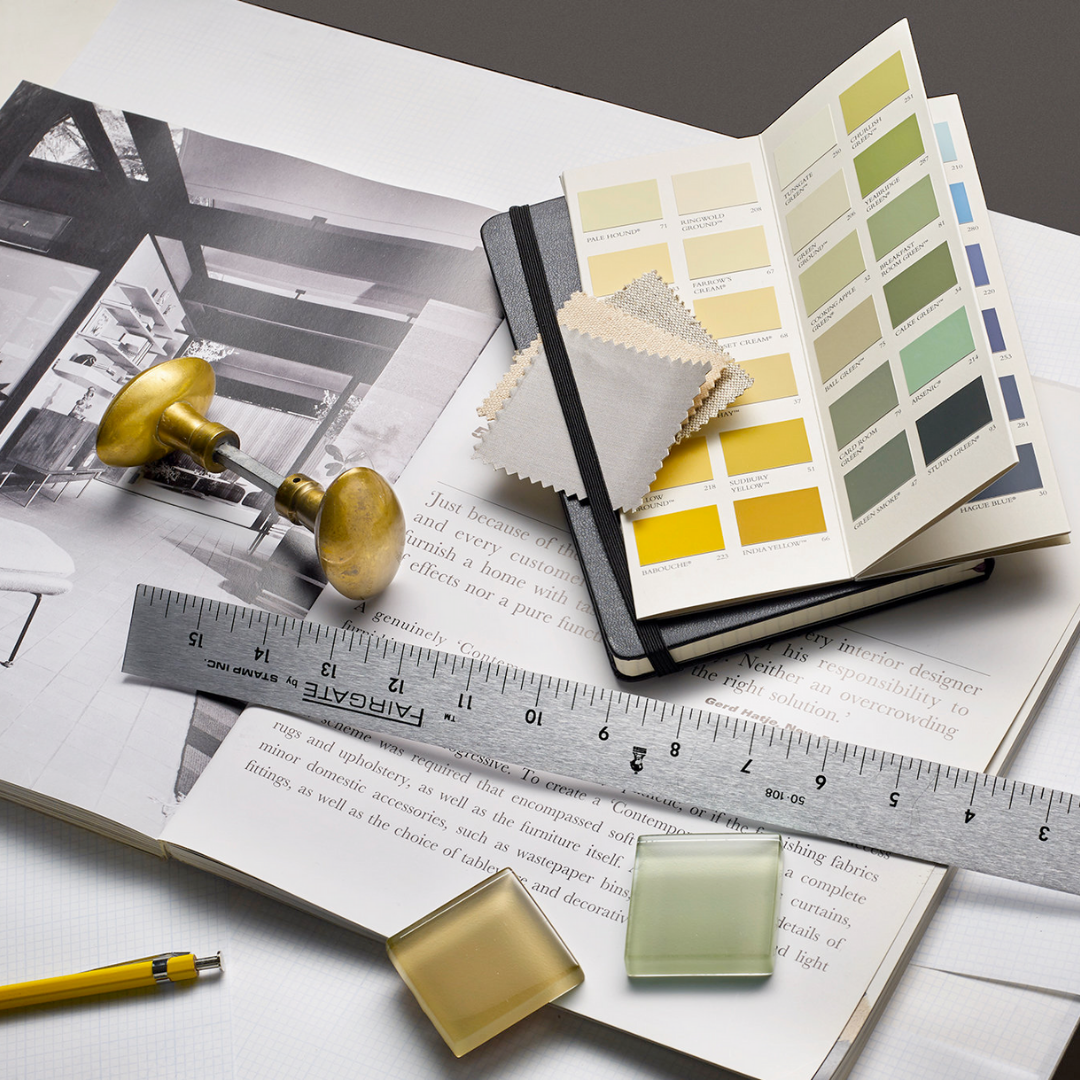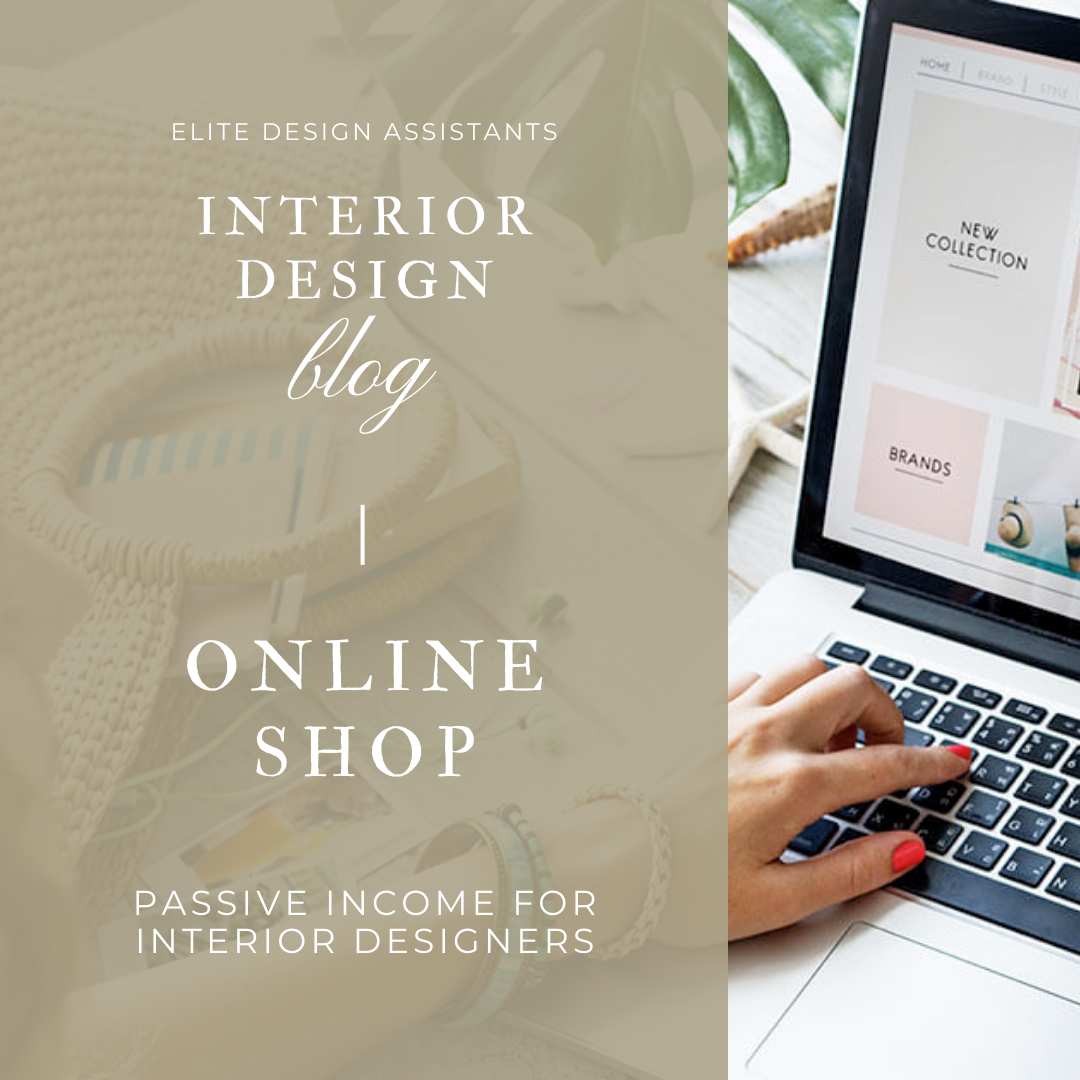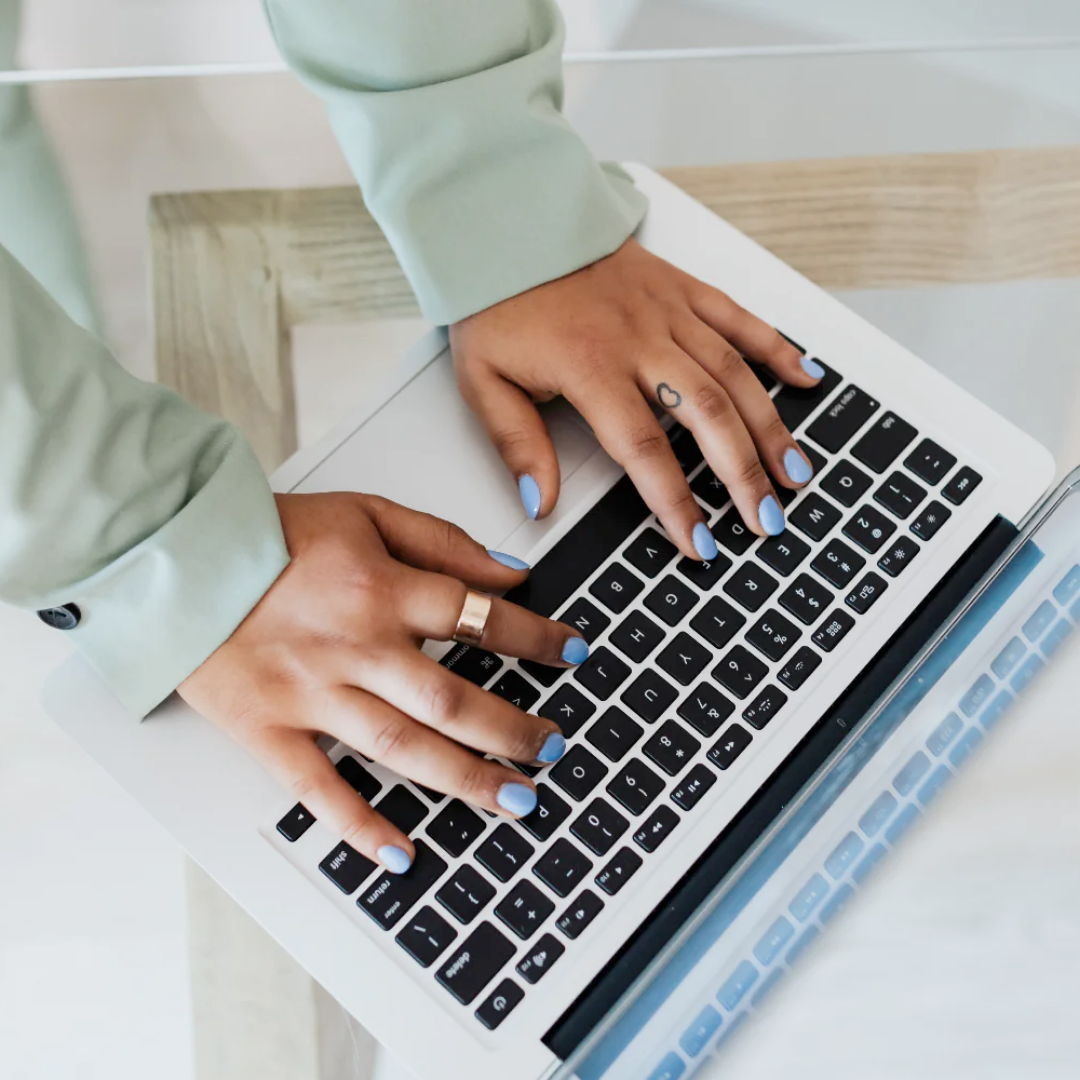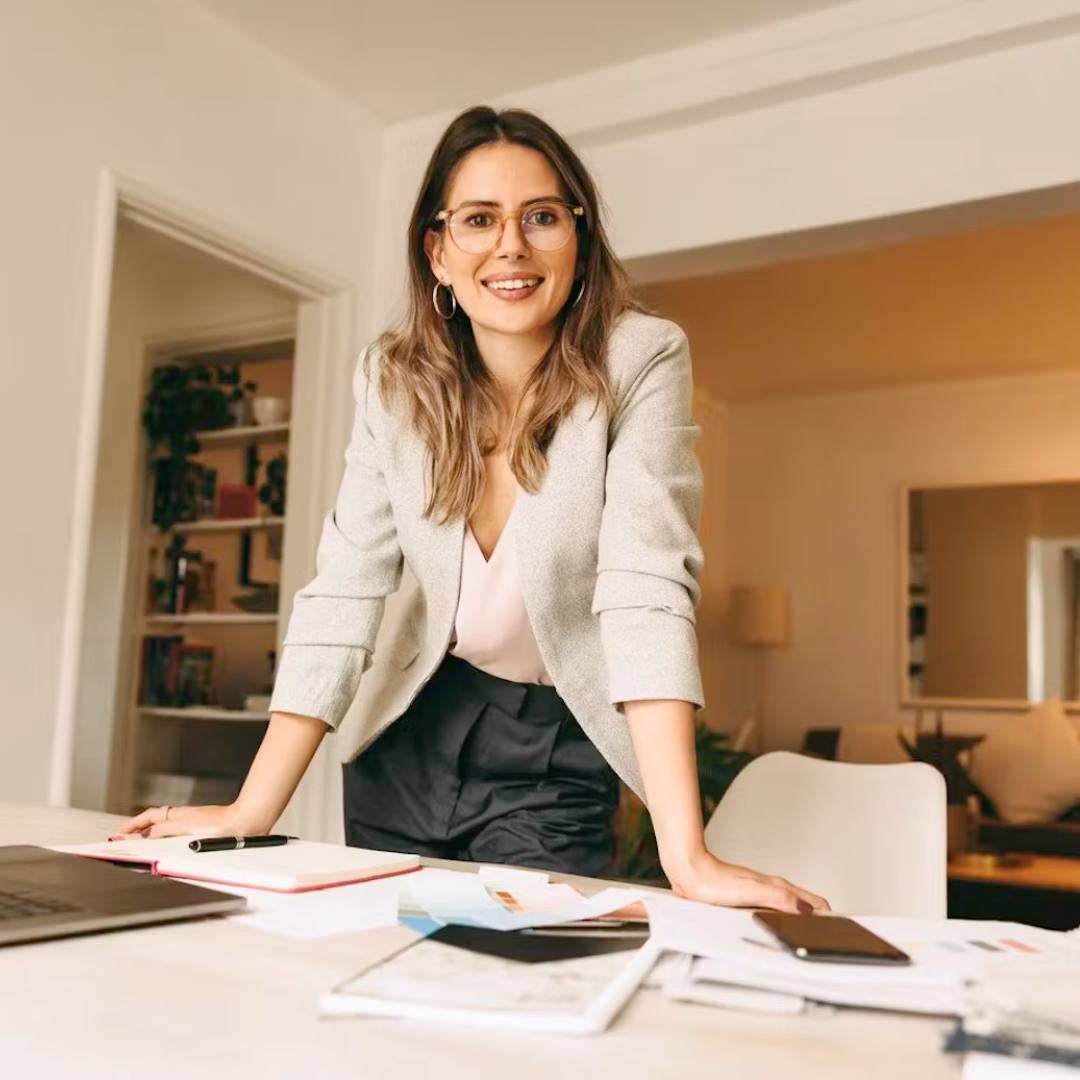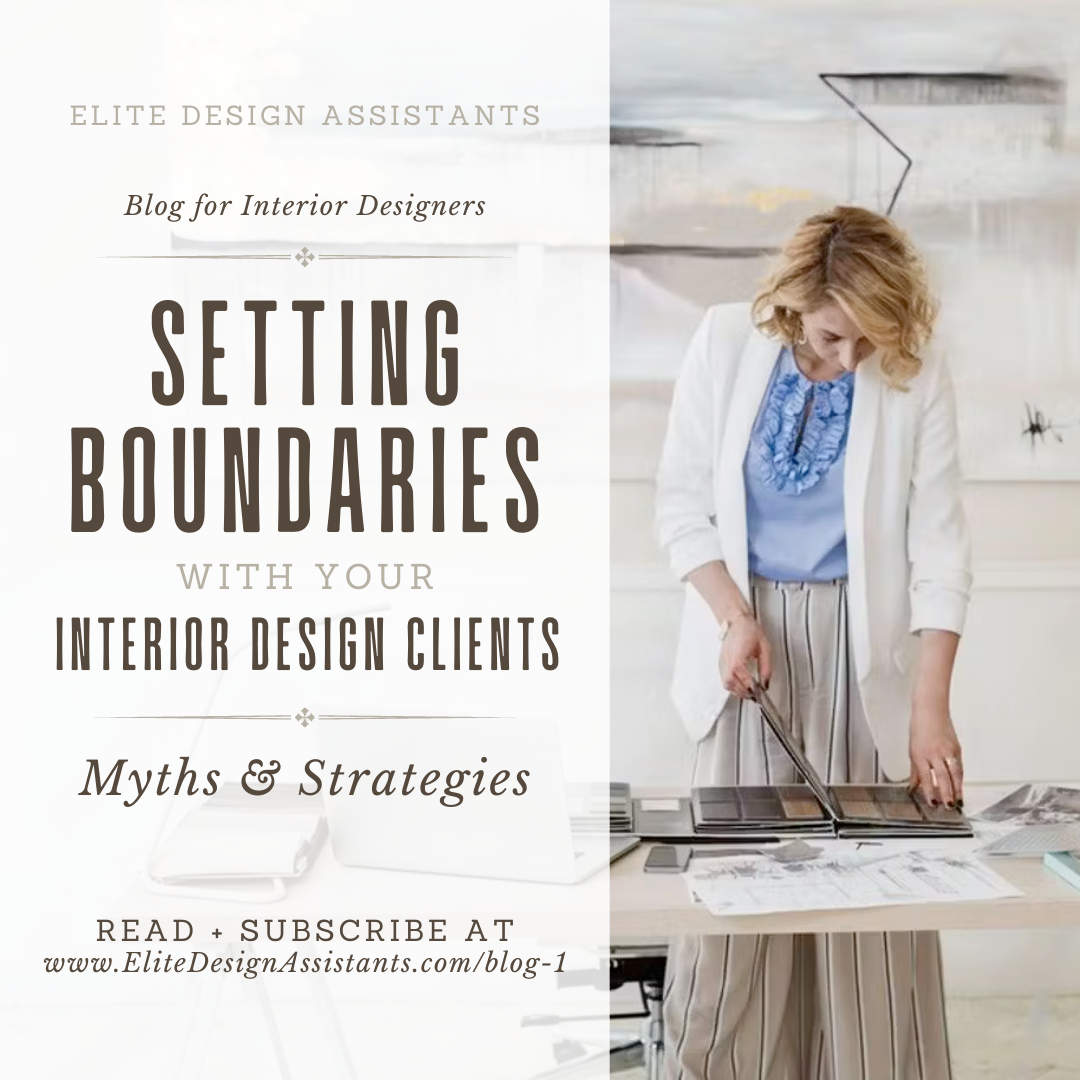Unpacking Your Interior Design Contracts: 14 Points to Include
/If you’re reading this, chances are you're seeking assurance that your interior design contract covers all the critical bases. And you do well to check, because having a meticulously crafted contract serves a dual purpose: it not only forges a shared understanding of the design journey with your client but also safeguards your company from potential liabilities.
Some interior designers may be tempted to skip or simplify contract terms to maintain a more friendly rapport with clients. However, this is a misstep. Interior design projects involve significant financial, time, and emotional investments. When unexpected issues arise, tensions can escalate rapidly, and the stakes are high. Therefore, leaving nothing to assumptions and creating a thorough agreement between you and your clients is fundamental.
While you can readily find some great interior design agreement templates online, the best course of action is to consult with a lawyer to review the terms and ensure that your contract holds legal validity. Ultimately, you are responsible for your contract's terms, so here are some (but not all!) points to consider when crafting your interior design contract:
Scope of Work: Clearly define the project's full scope, listing what is (and isn't) included. Specify details about revisions and the number of site visits included.
Project Phases: Provide a breakdown of the project stages, which may encompass pre-design, design development, contract drawings, construction oversight, and project finalization.
Intellectual Property: Determine ownership of intellectual property, including copyright ownership of drawings.
Fee and Payment Schedule: Define your fees and payment structure, including hourly rates for tasks outside the scope and invoicing and payment terms (including late fees).
Pricing: Clarify that you do not guarantee prices for goods or services, as they may change beyond your control.
Contractors: State that you are not responsible for services provided by contractors or consultants, requiring clients to sign separate agreements.
Purchasing and Procurement: Specify terms regarding deposits or full payments before purchasing on the client's behalf and liability for delivery times or conditions.
Refunds: Address policies regarding non-refundable purchases and shipping charges, custom-made items, and reimbursements when vendors do not offer refunds or orders are canceled.
Delays: Incorporate provisions for delays attributable to the designer, client, contractors, or circumstances of force majeure.
Termination: Include a clause allowing the client to terminate the contract, with responsibility for outstanding fees and charges.
Reimbursable Costs: Detail costs such as samples, storage, and travel.
Insurance: Specify the client's responsibility for insurance coverage on furnishings and materials during handling, movement, and installation.
Photographing Completed Projects: Gain client consent to photograph their homes before and after design work for your business portfolio and marketing purposes.
Indemnities: Seek legal counsel to confirm the choice of law, arbitration, termination, modification, integration, and nonpayment clauses, tailored to your jurisdiction's laws.
Beyond the content of the contract itself, it's a good idea to walk clients through it step by step and grant them ample time to review it at their own pace. This approach eliminates doubts and ensures everyone is comfortable with the agreement before proceeding.
Remember, presenting a more detailed contract showcases your professionalism, and clients who are put off by the terms may signal potential issues. In the end, having a comprehensive contract will pay off, and you'll be grateful you took the extra steps to protect your business!
xx, Danae
See below for some additional resources you may find interesting as you outline your contract:
ASID Commercial and Residential Contract Packages
HouzzPro’s “Free Template: Interior Design Contract & Guide”
Nancy Ganzekaufer and Attorney David Adler on “Contracts That Protect”






































